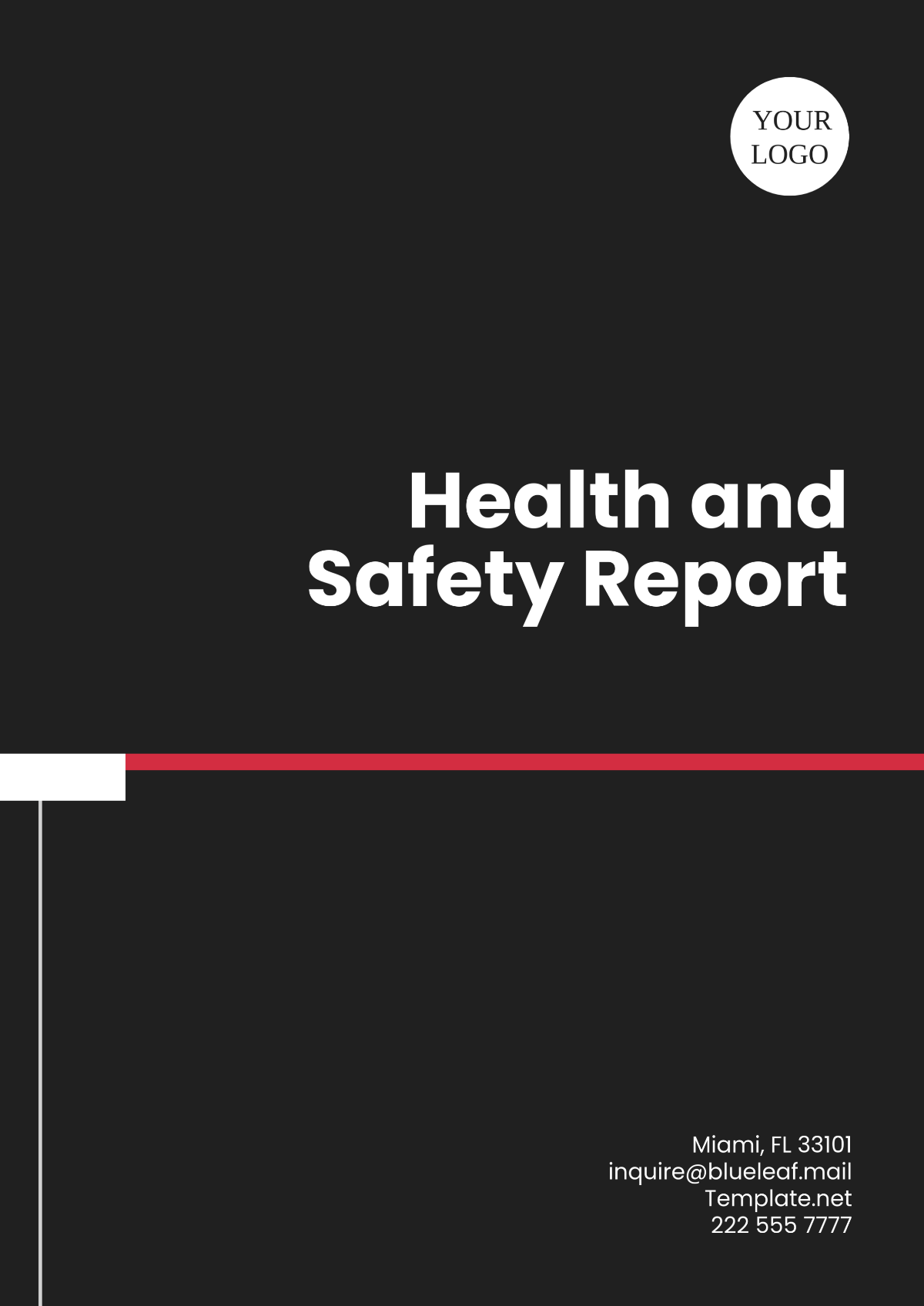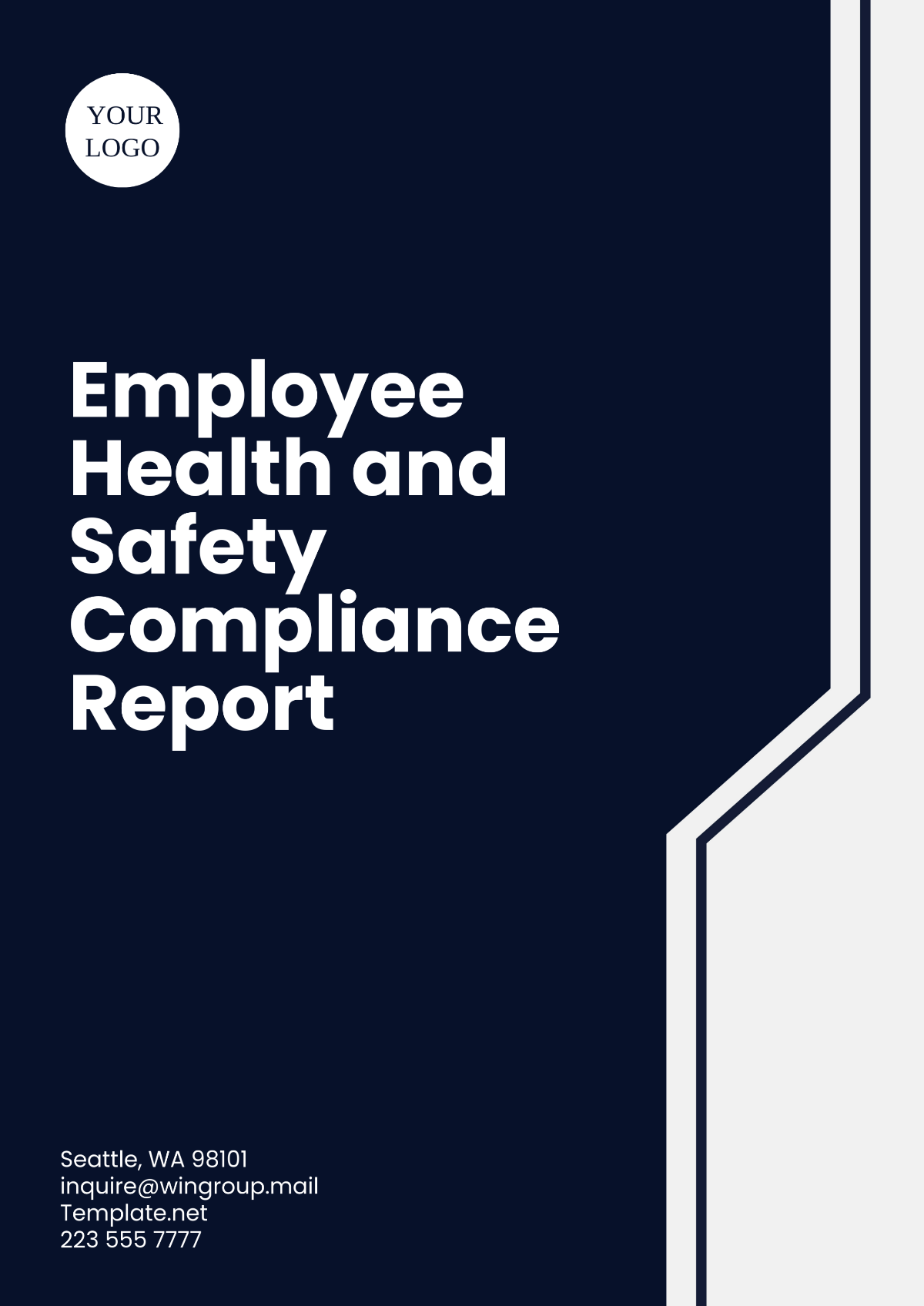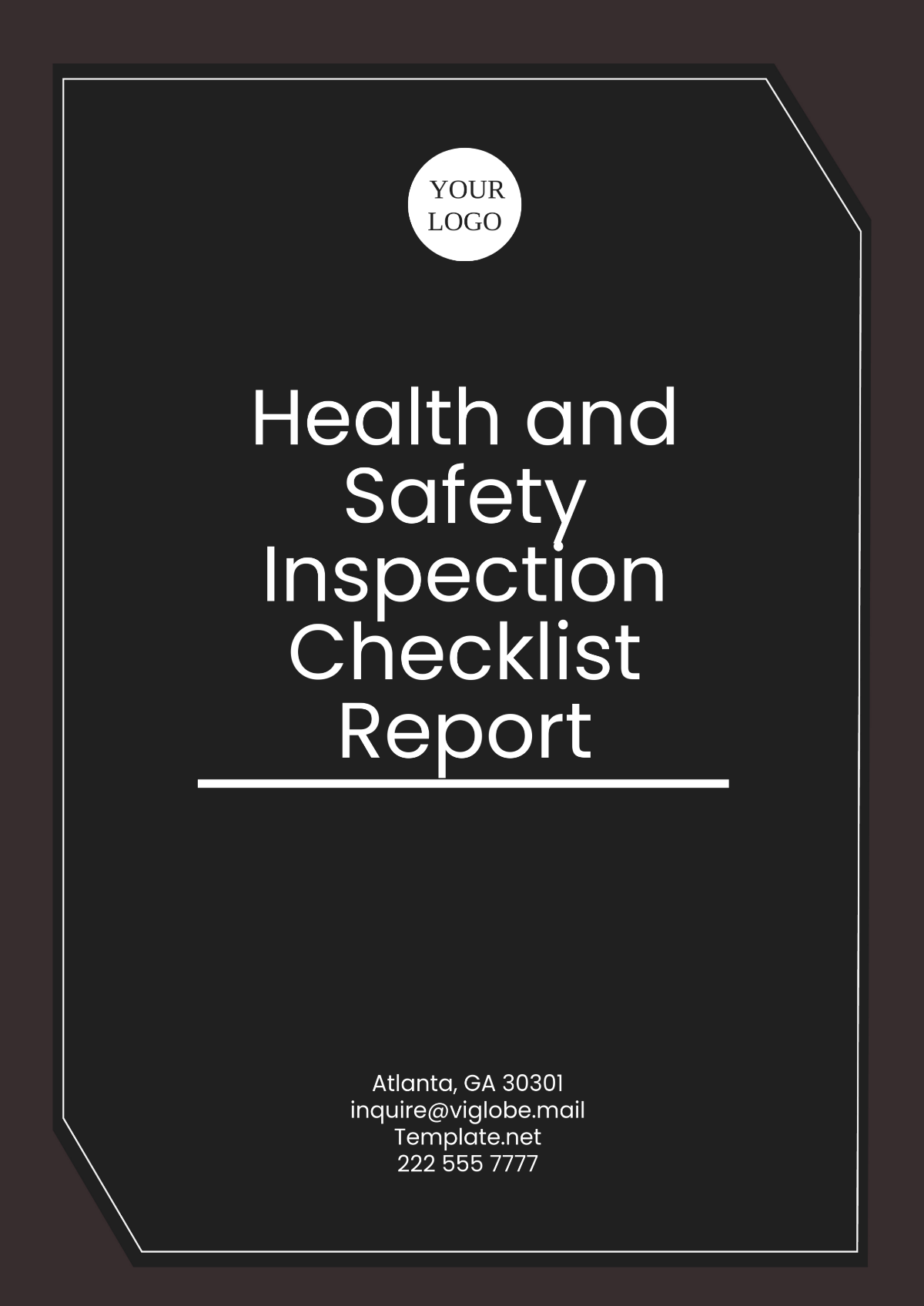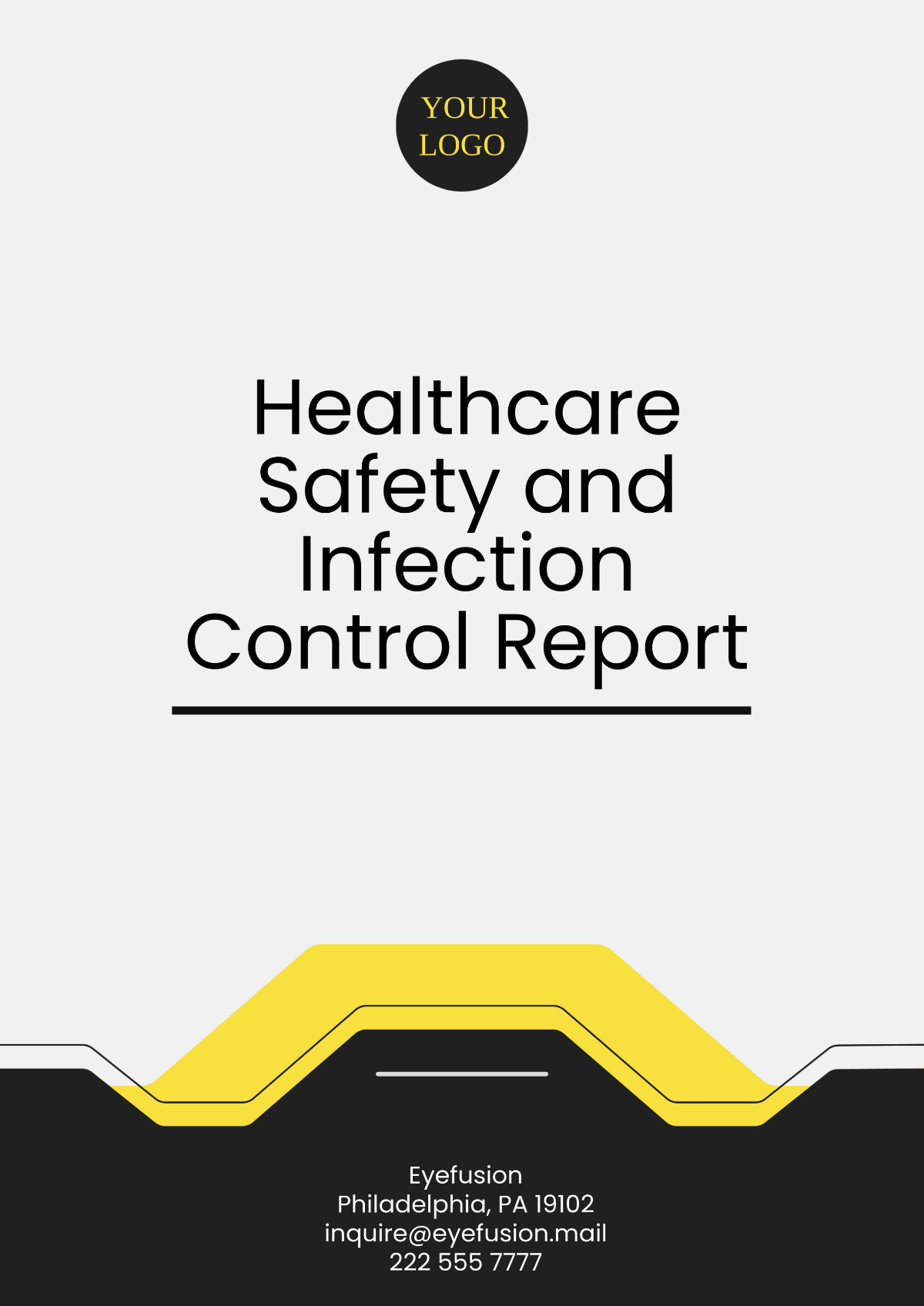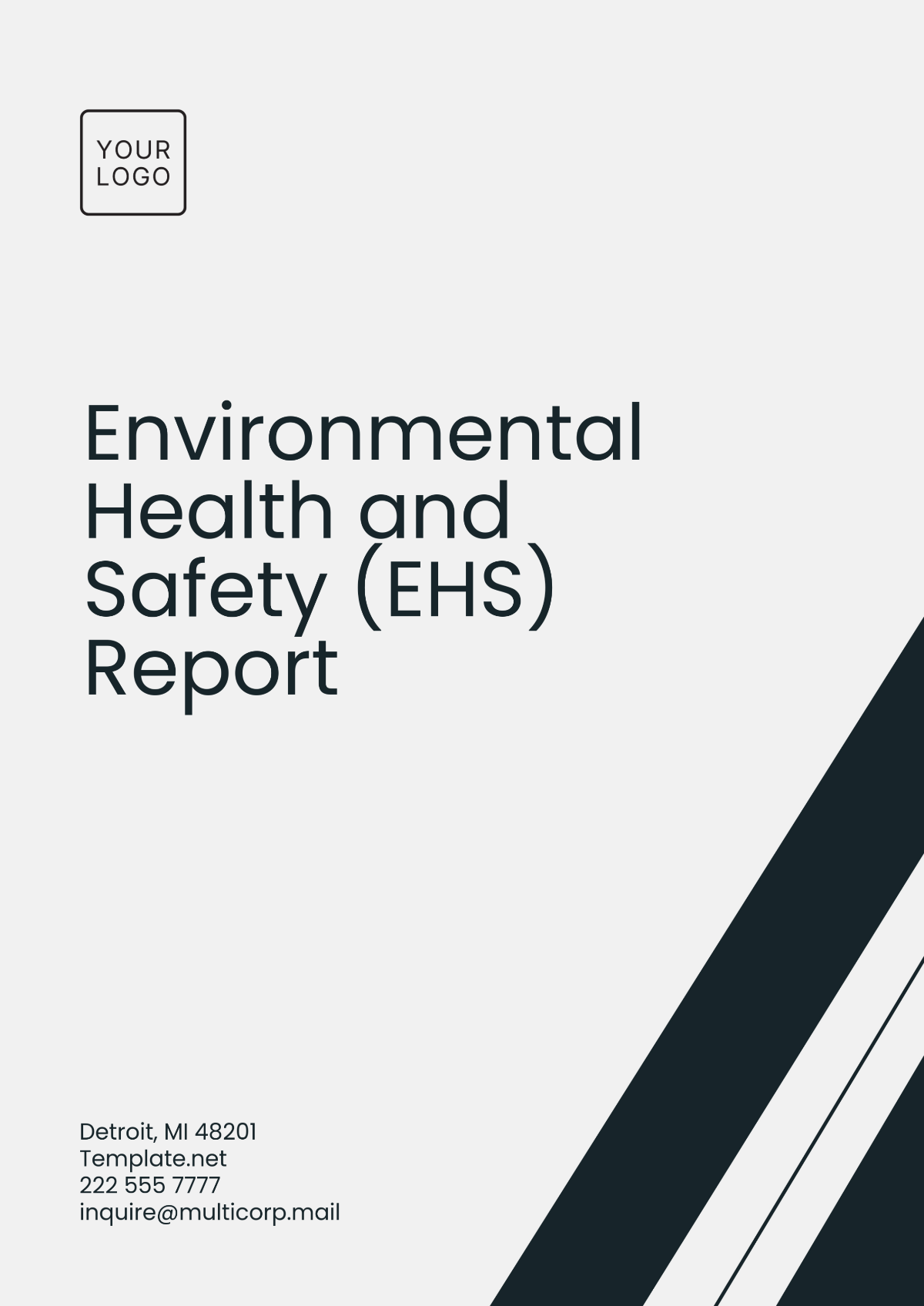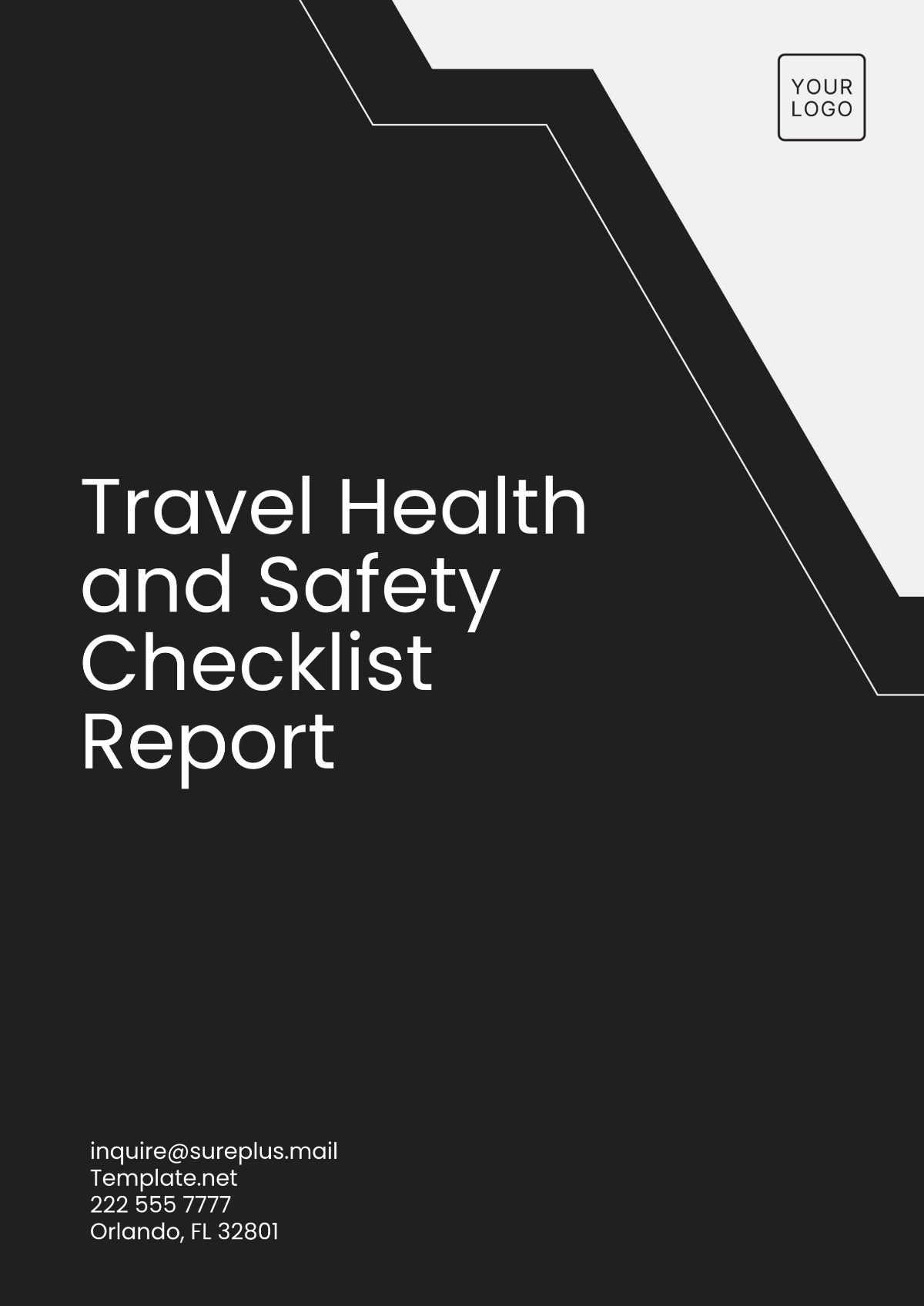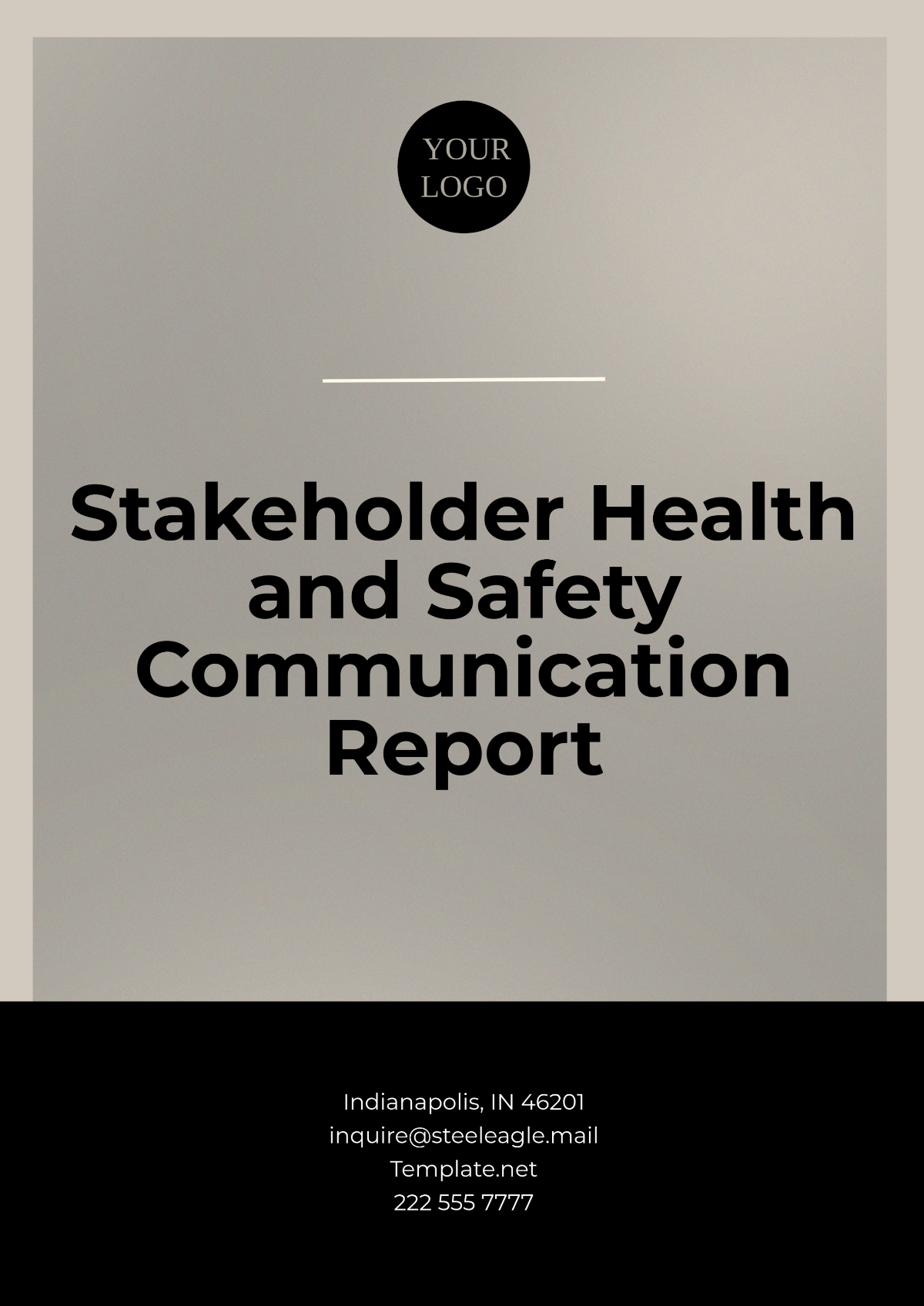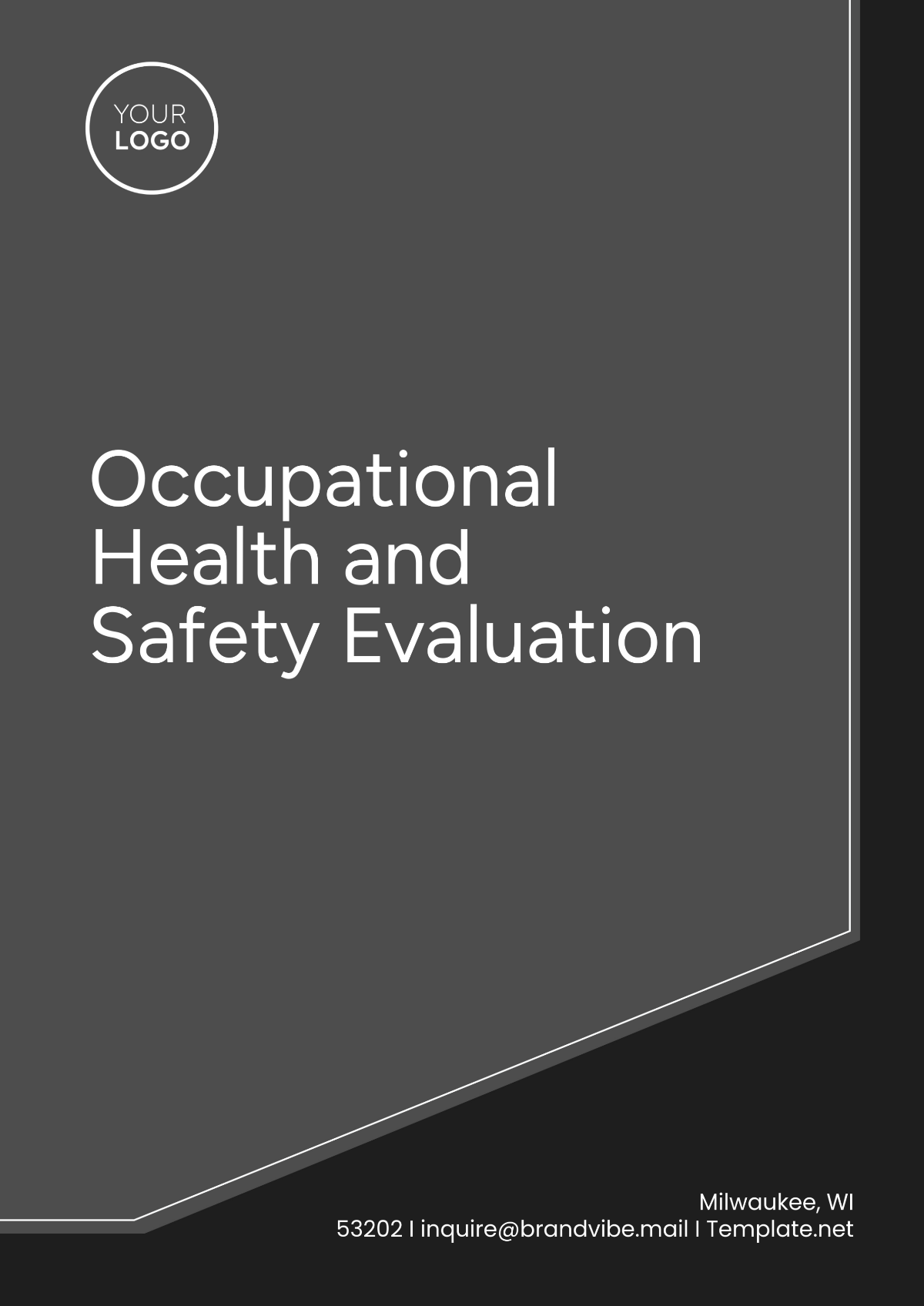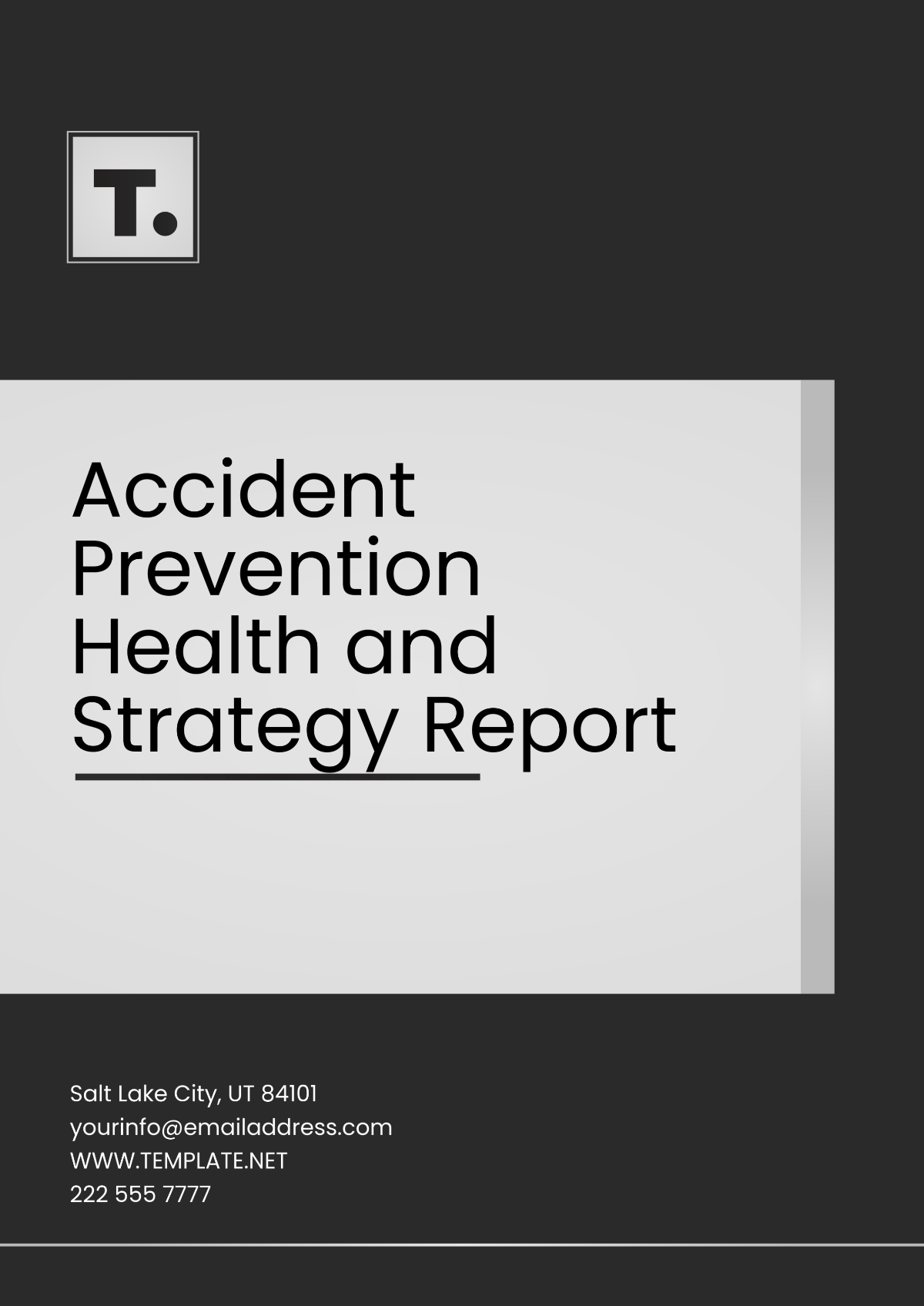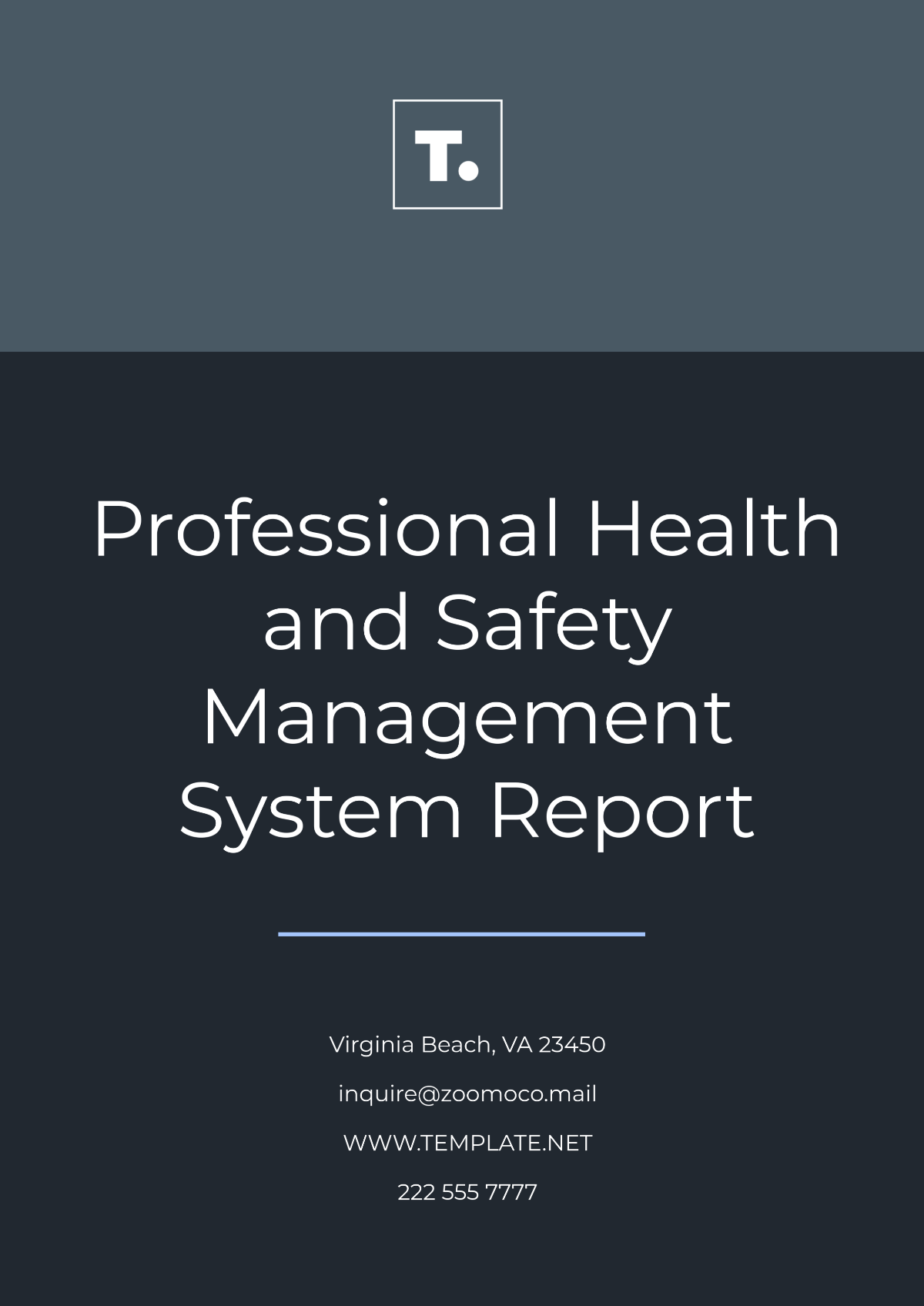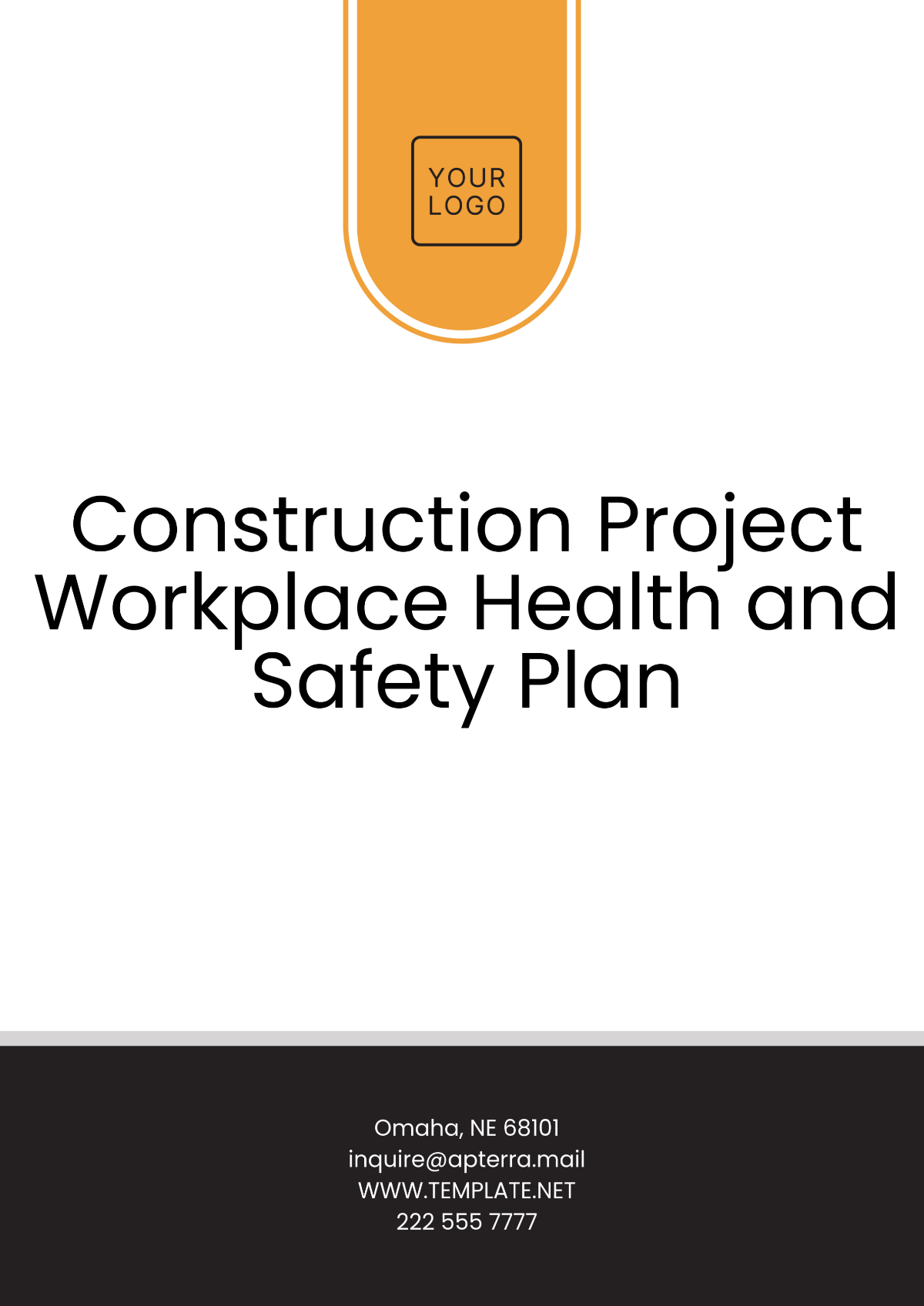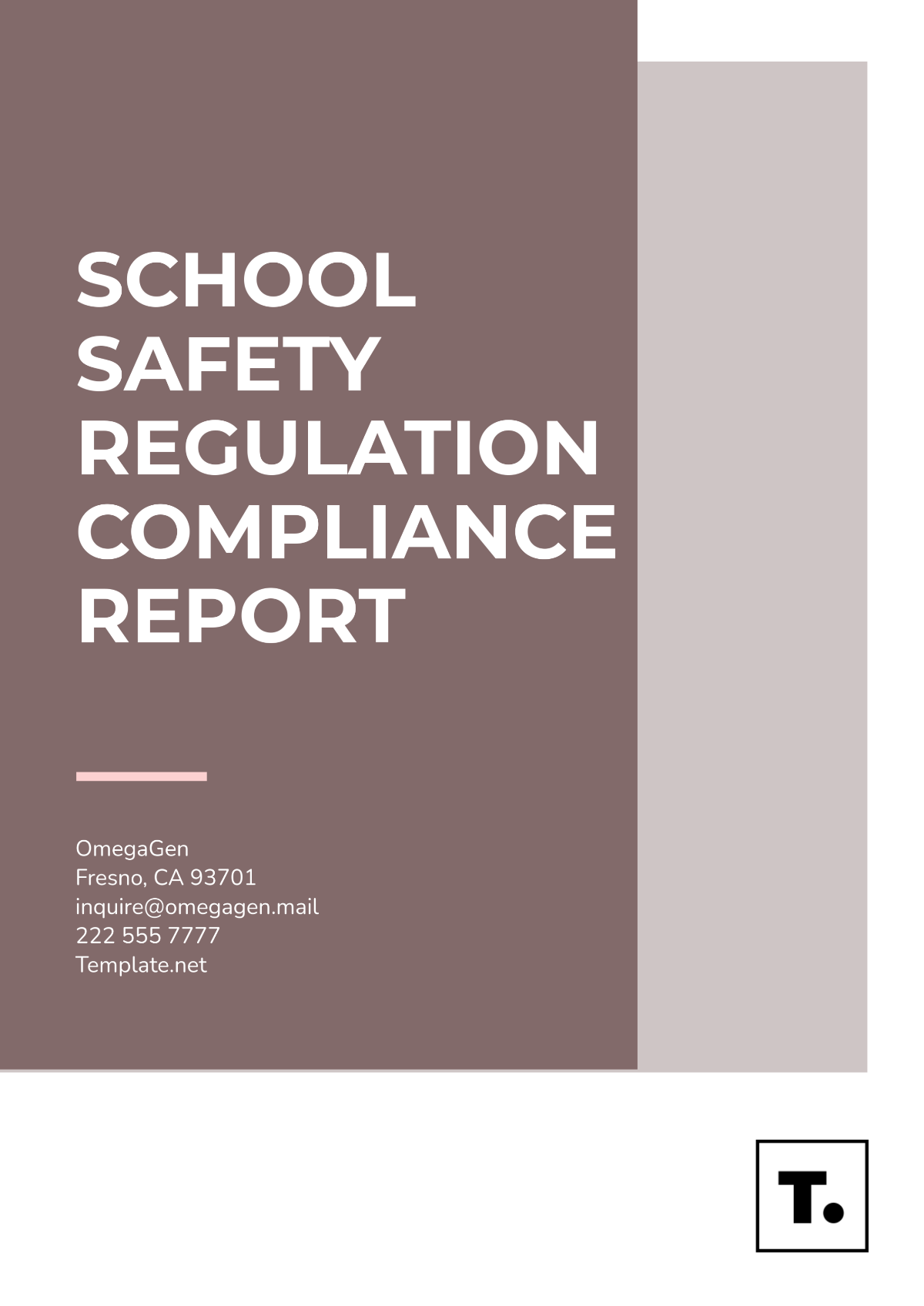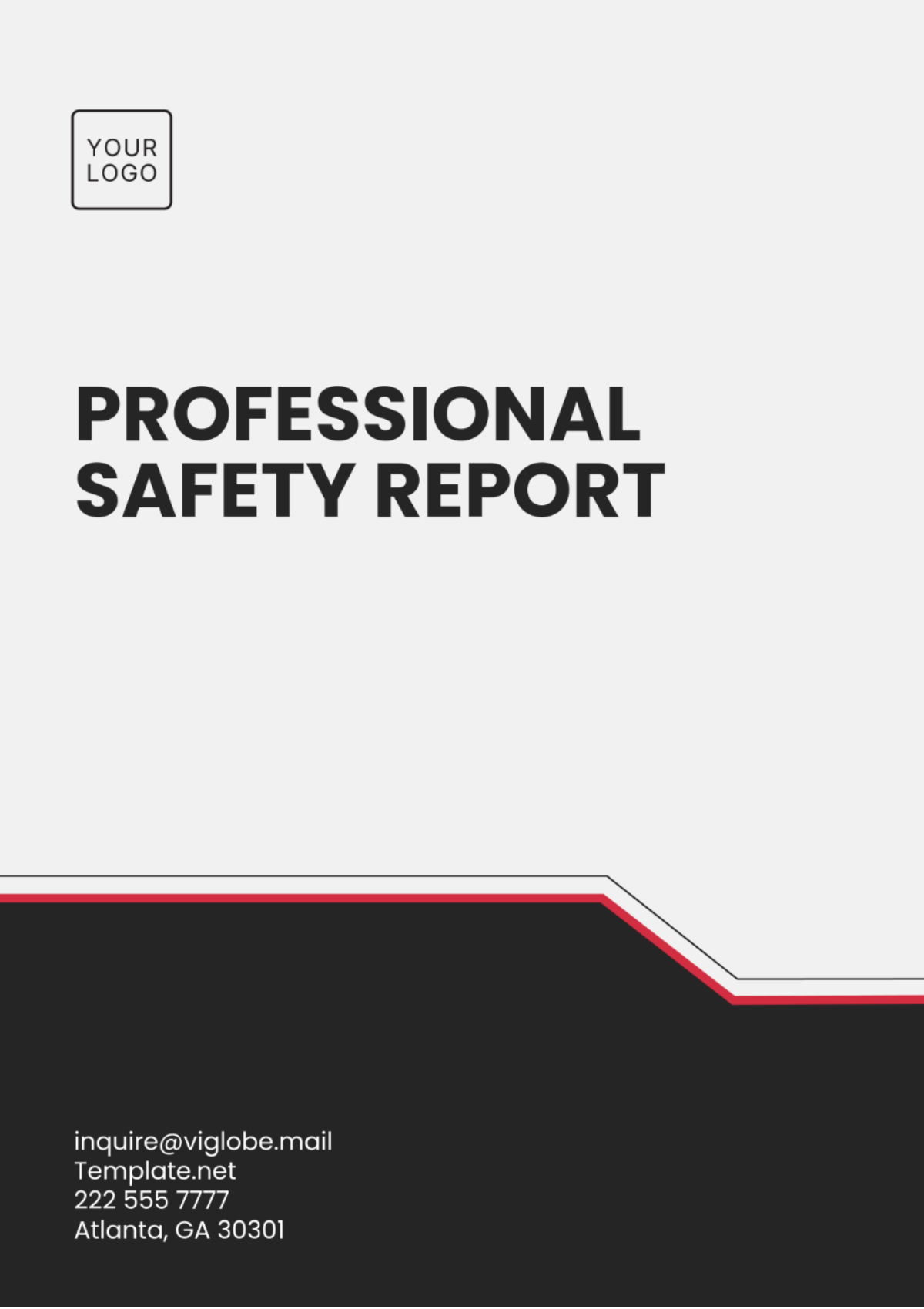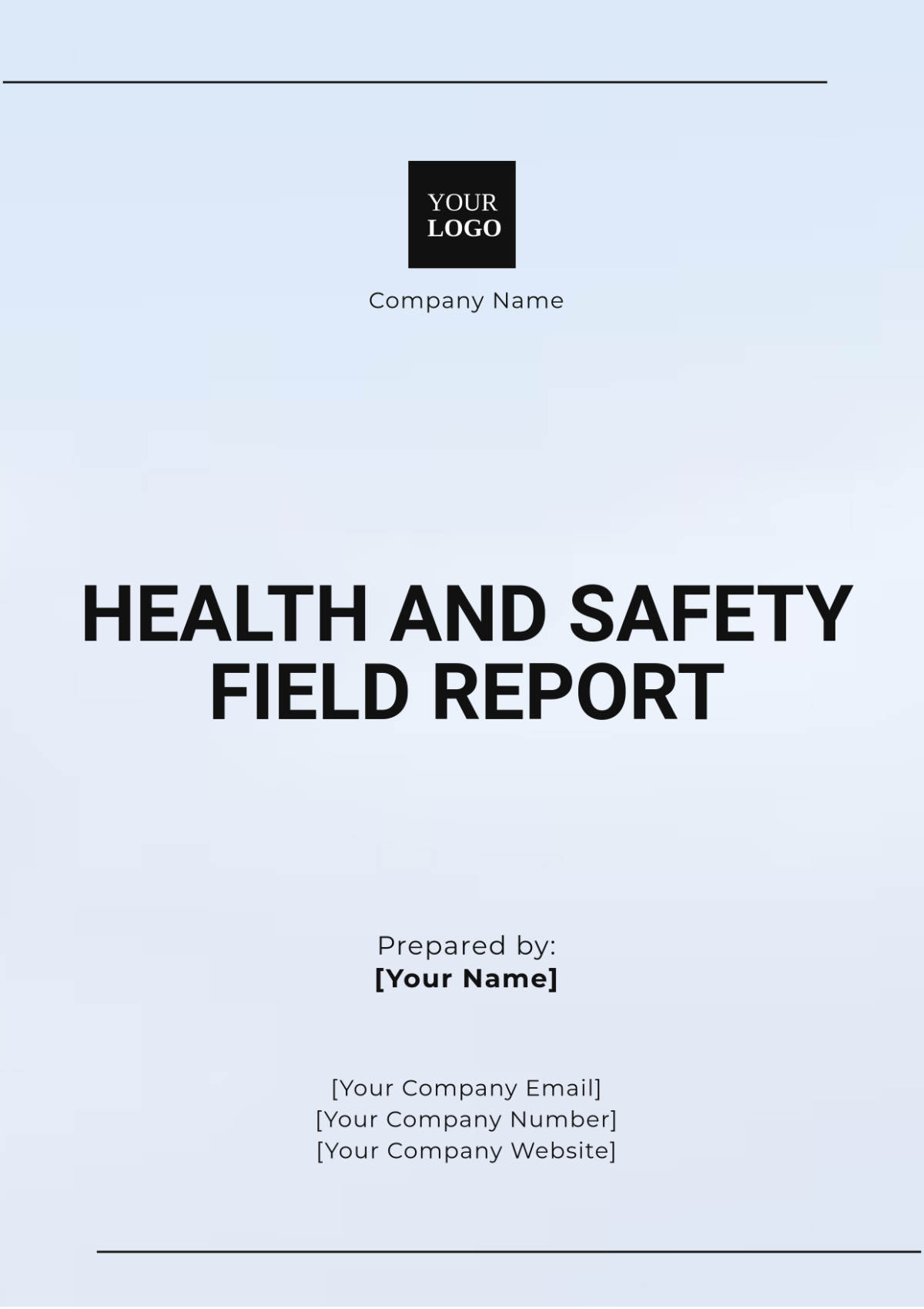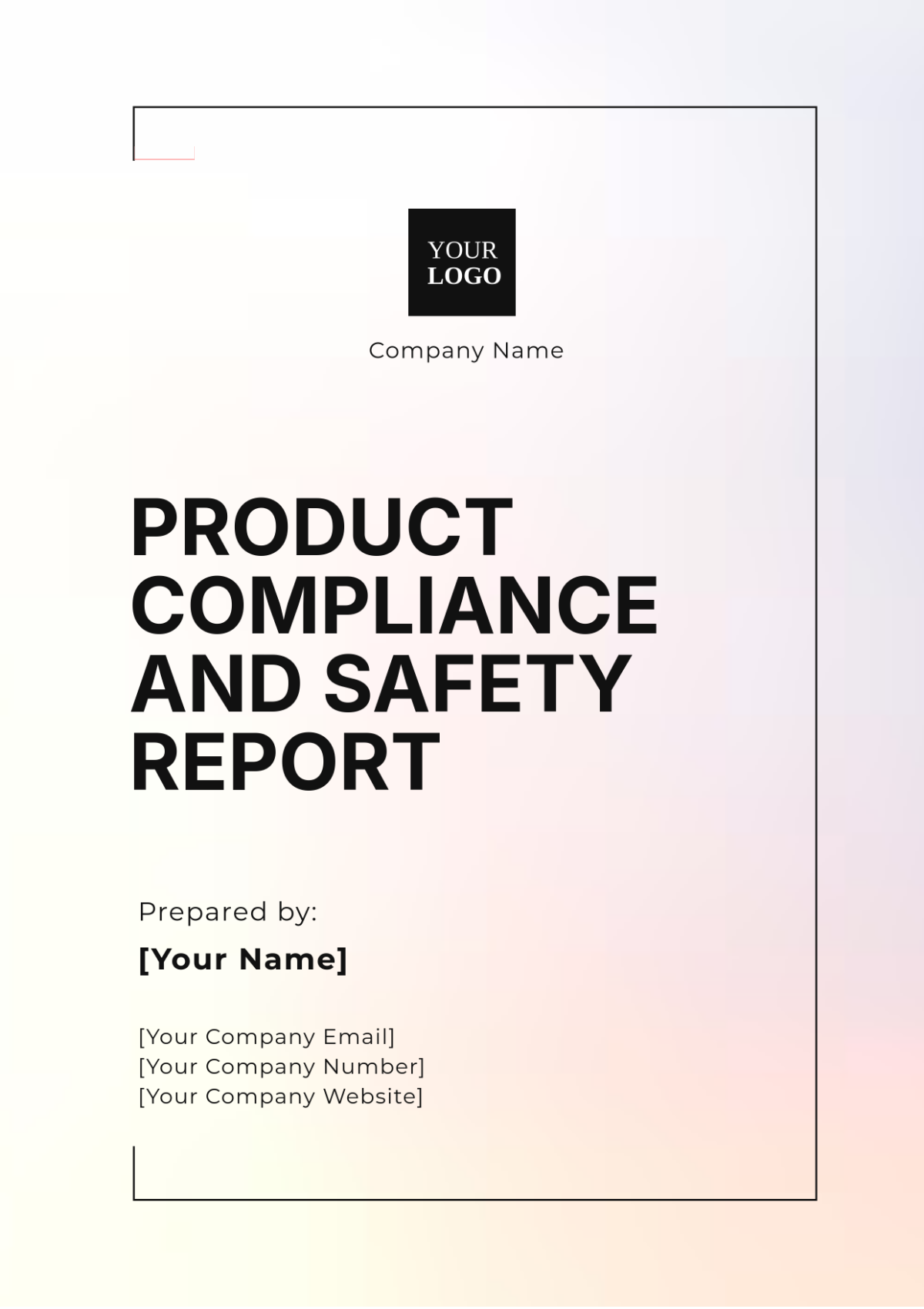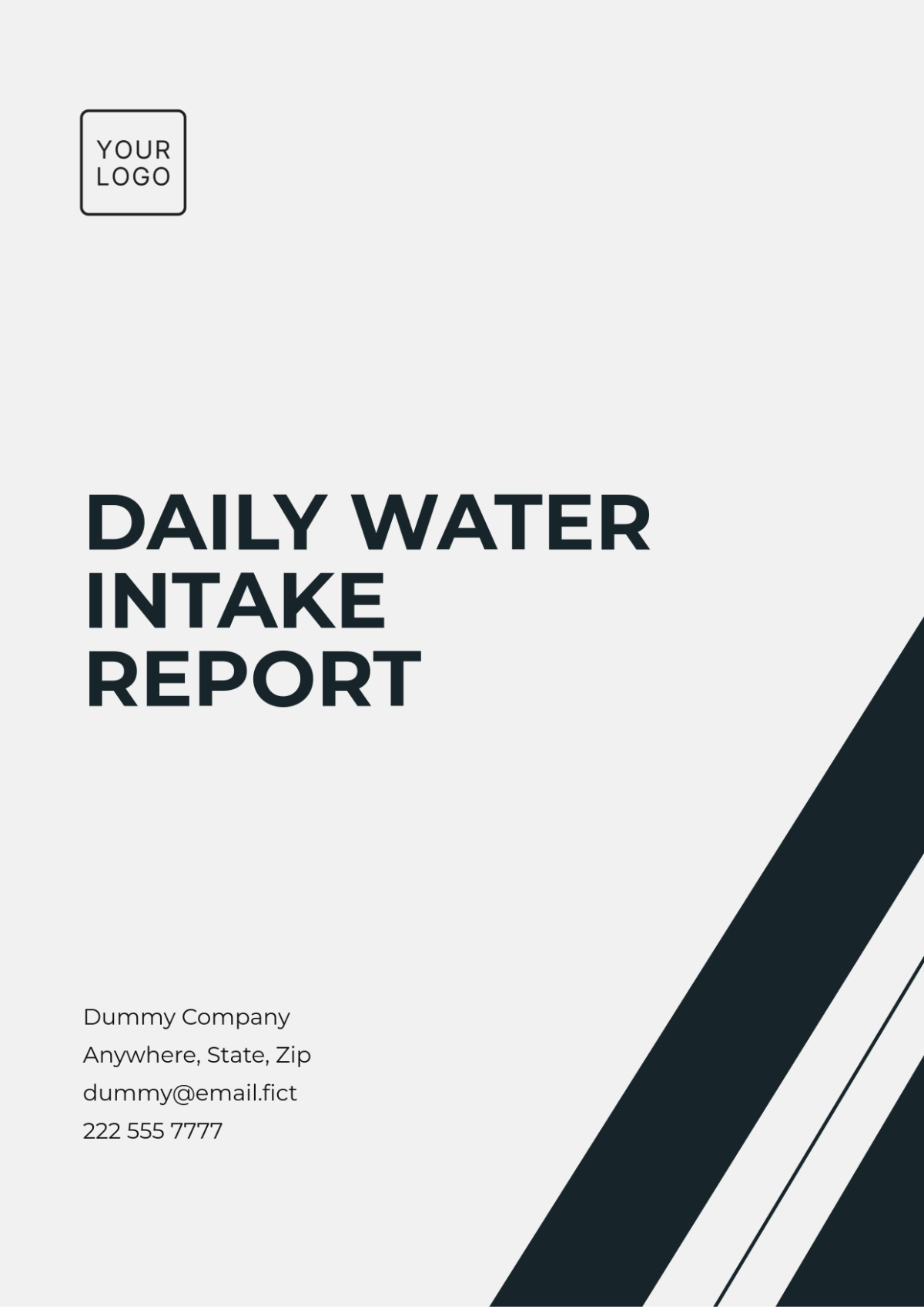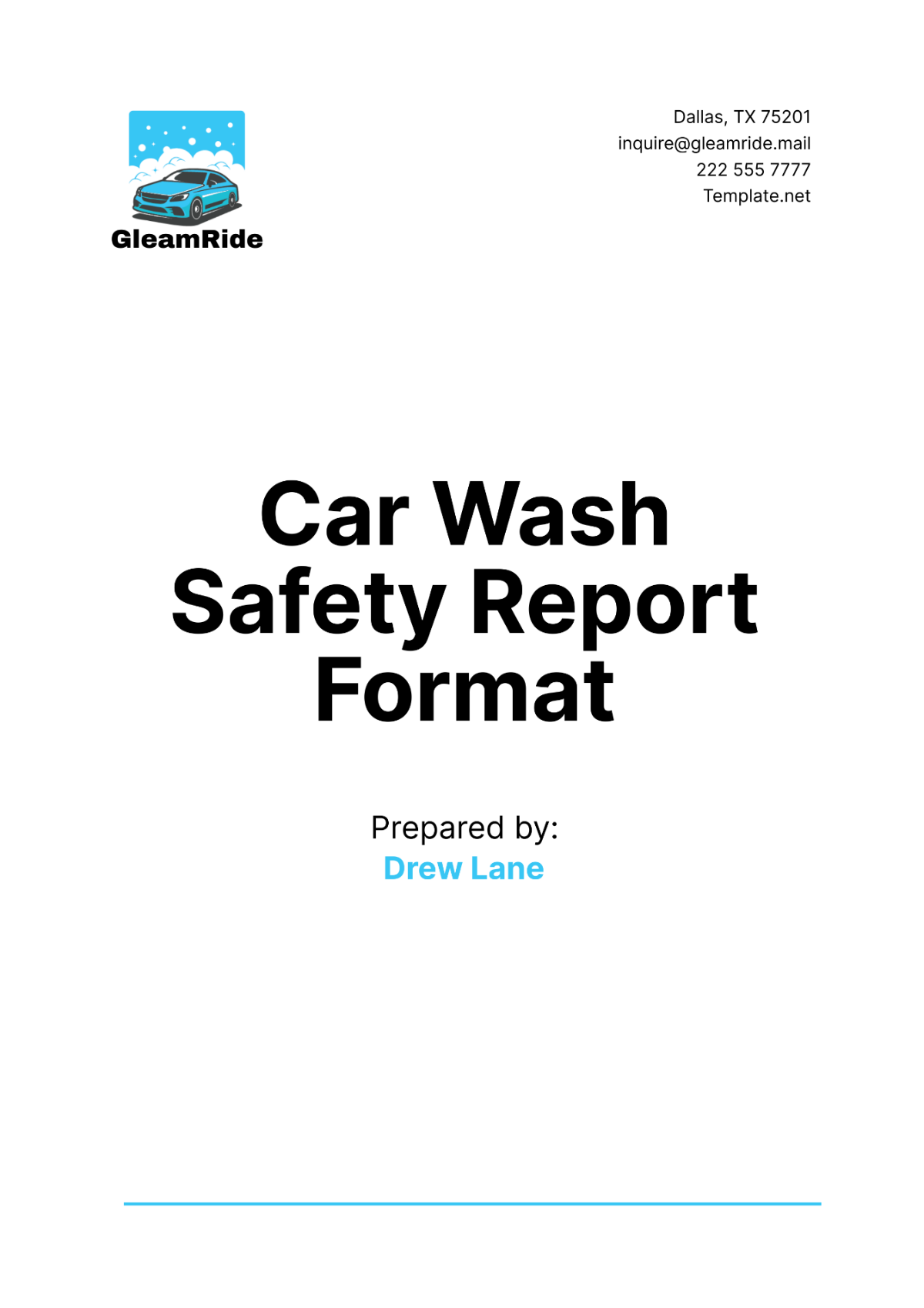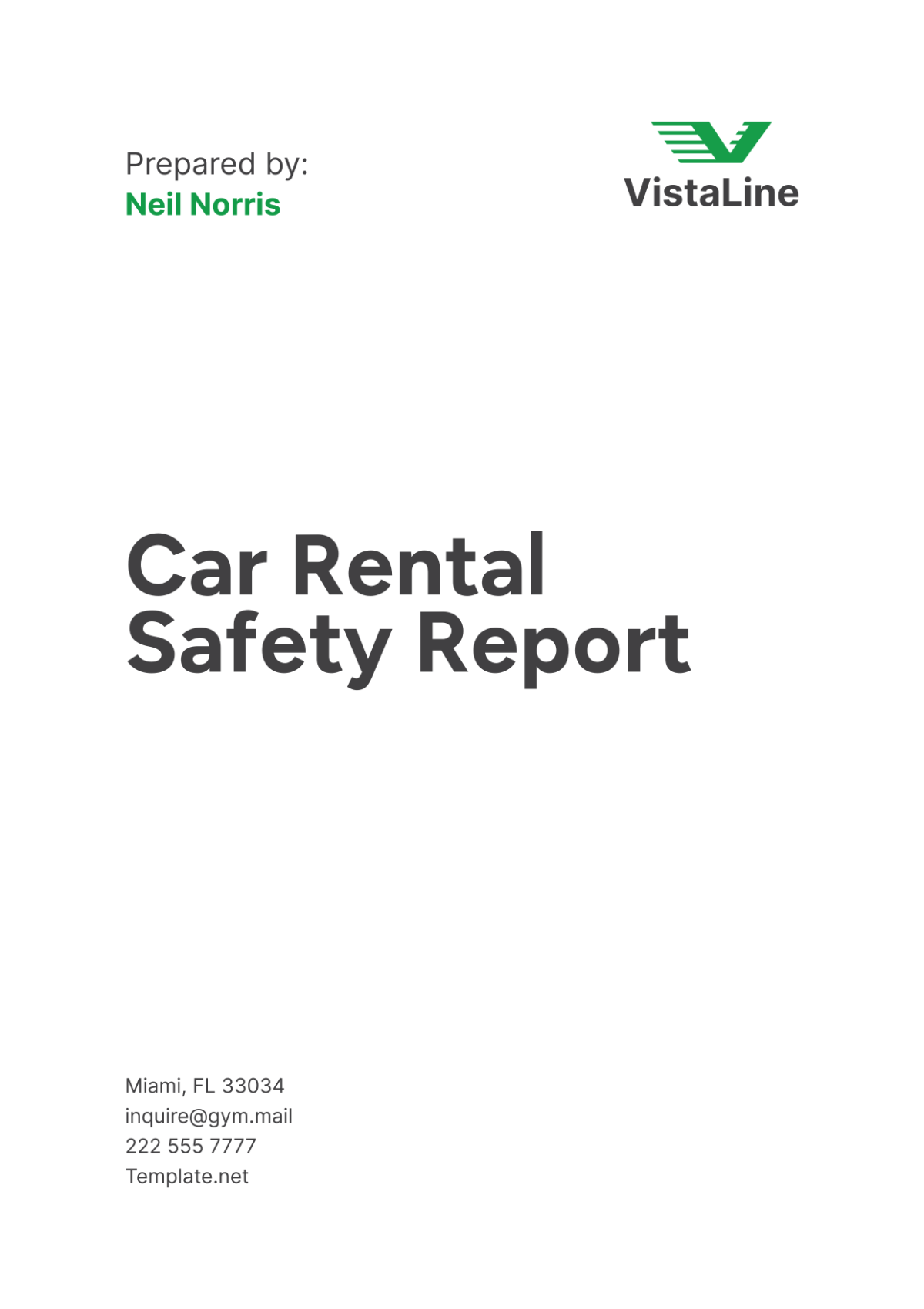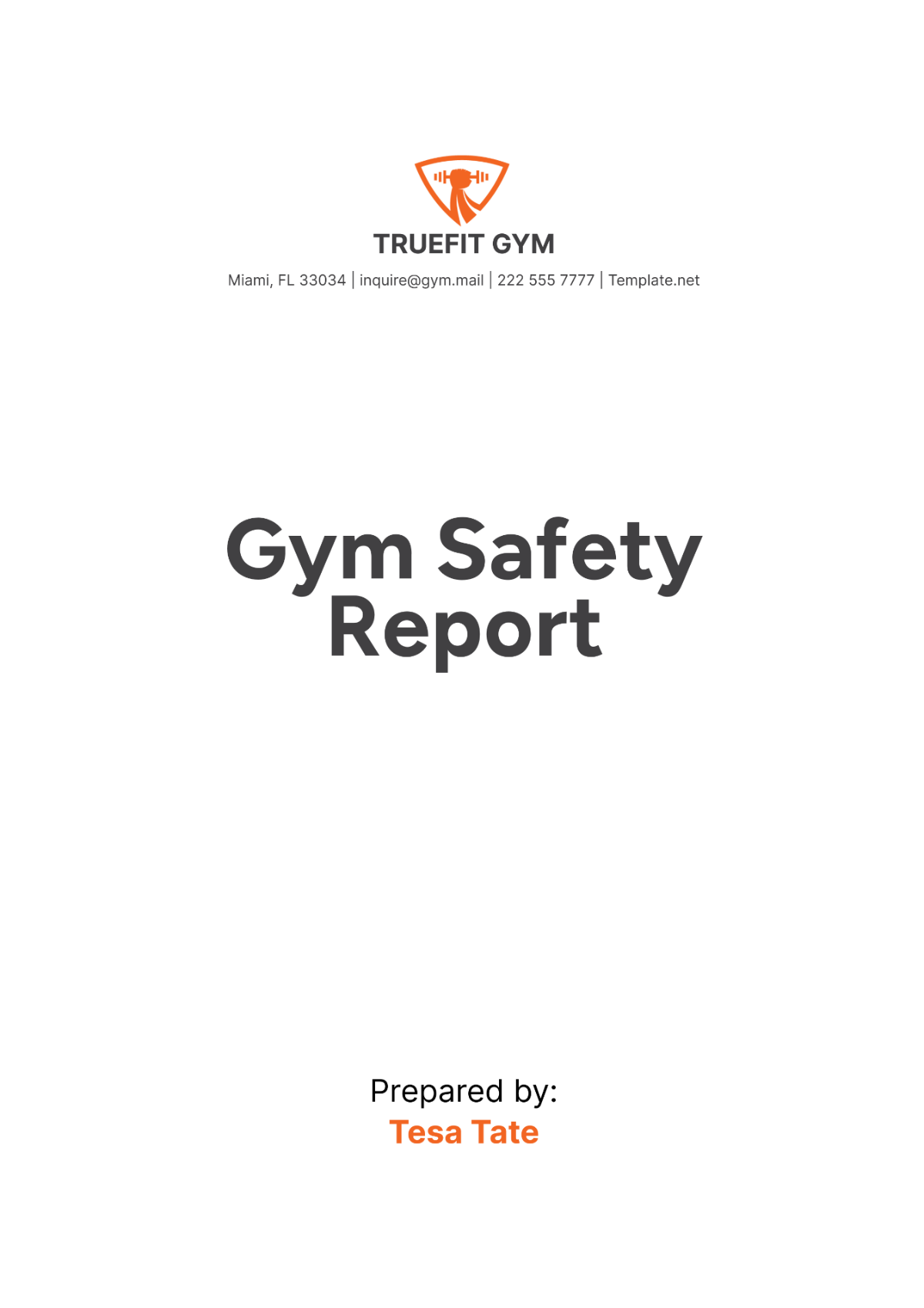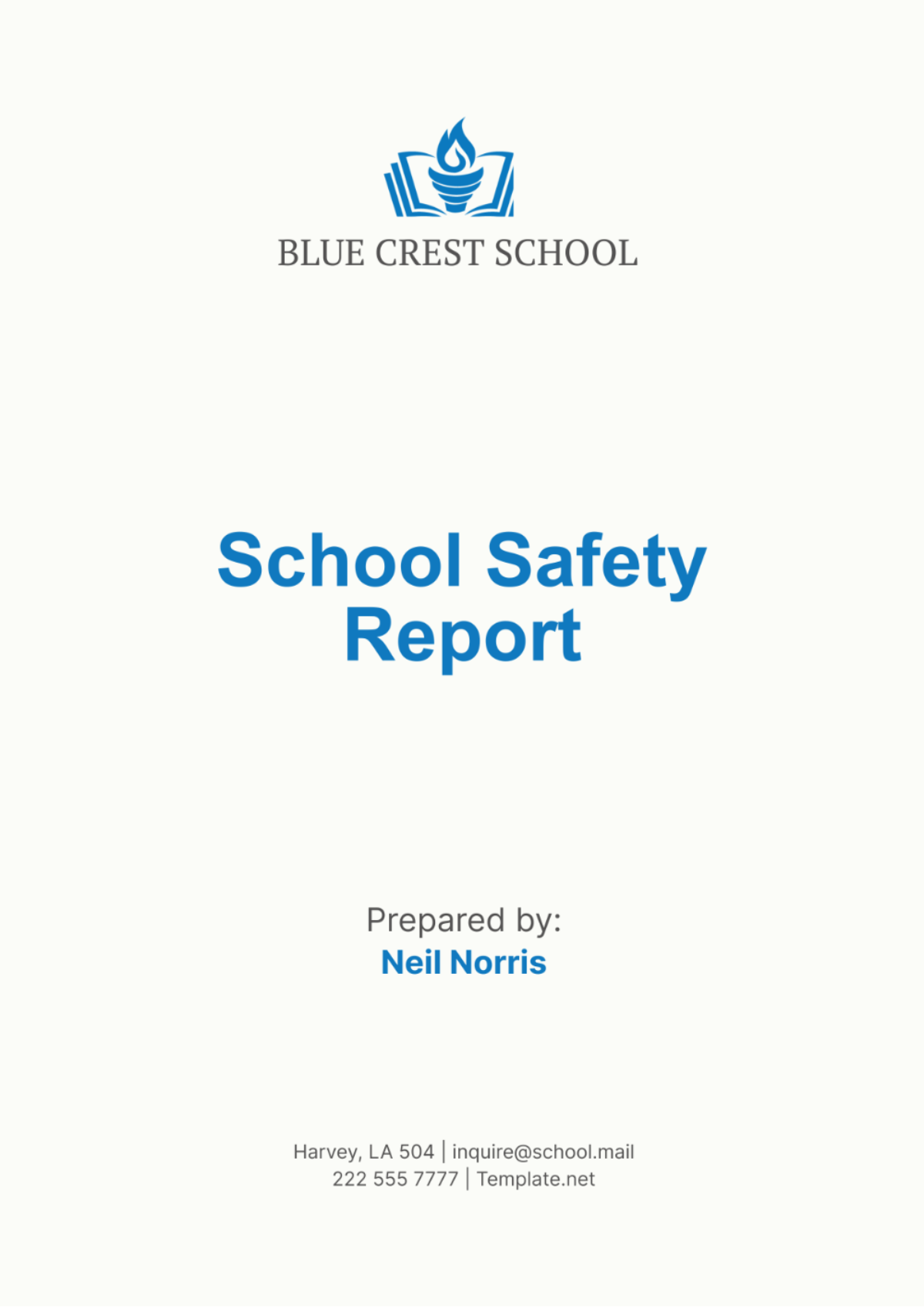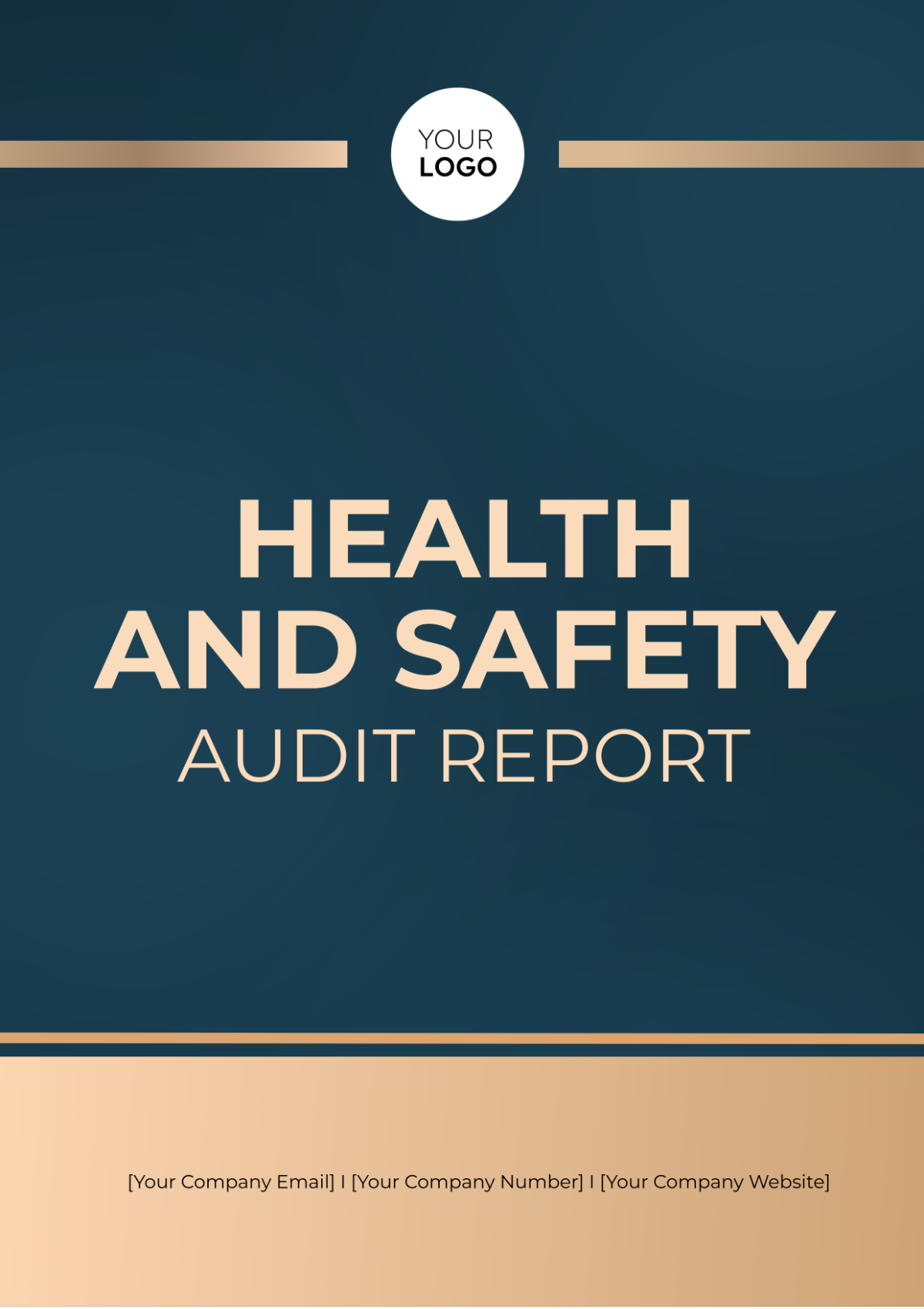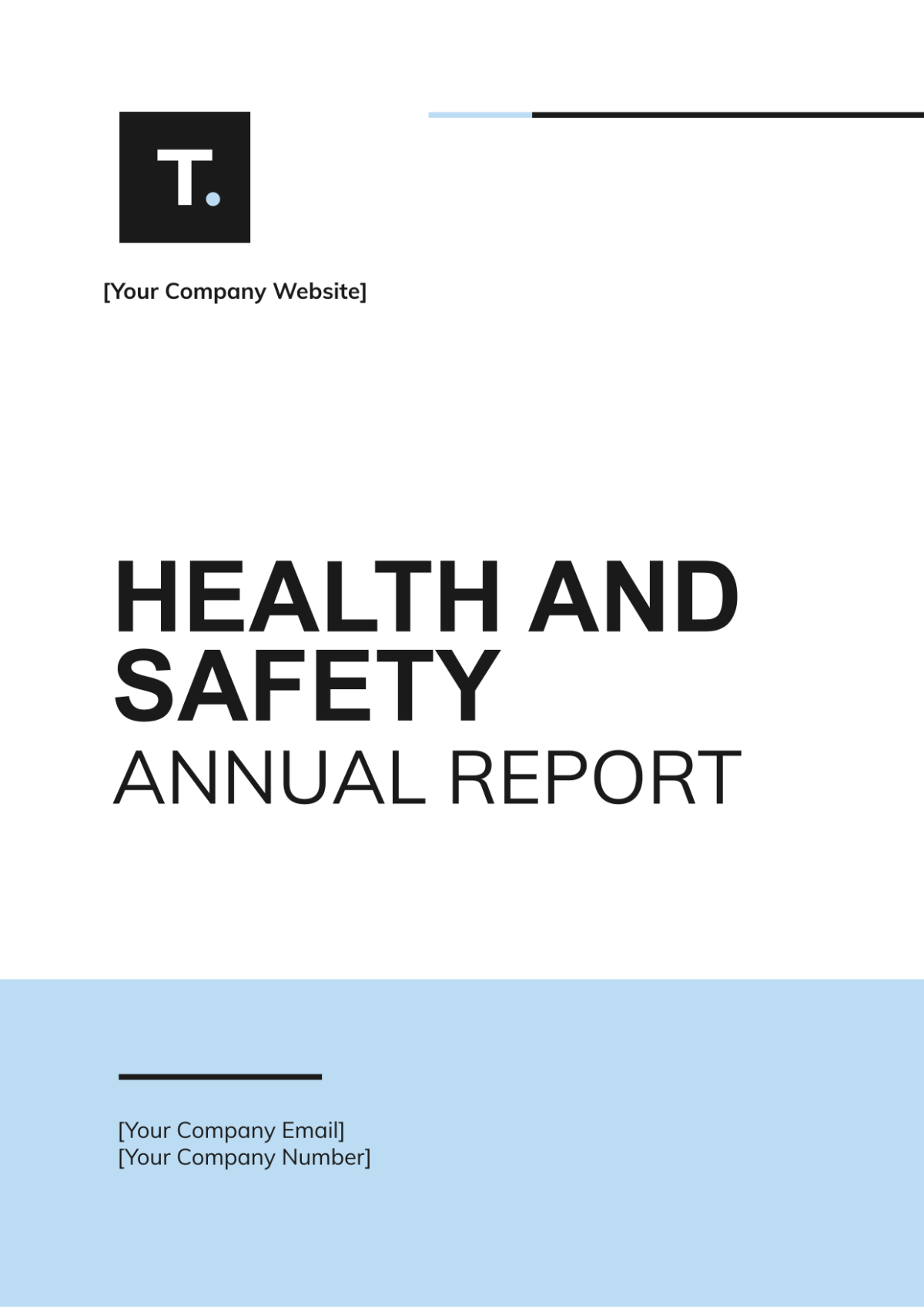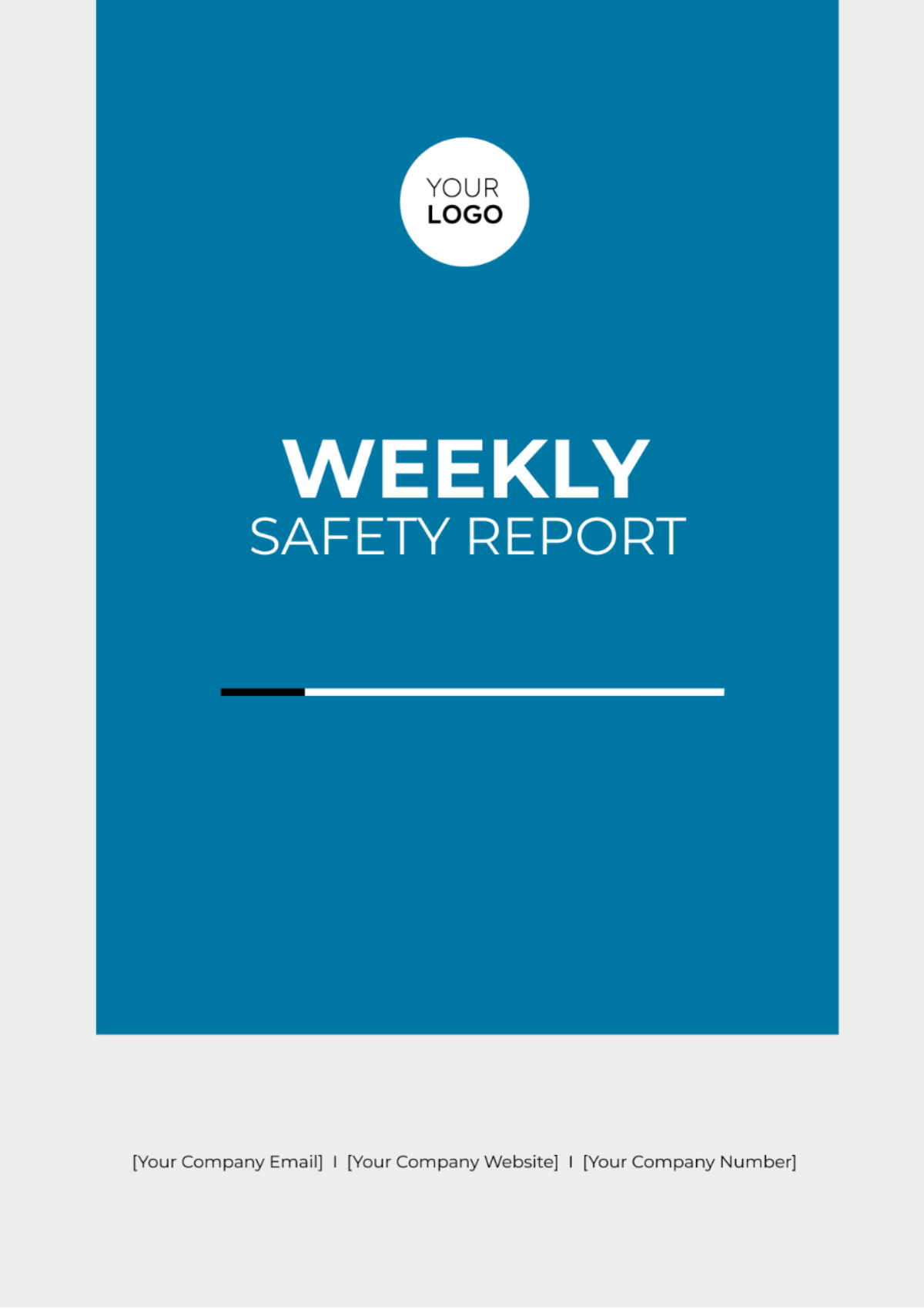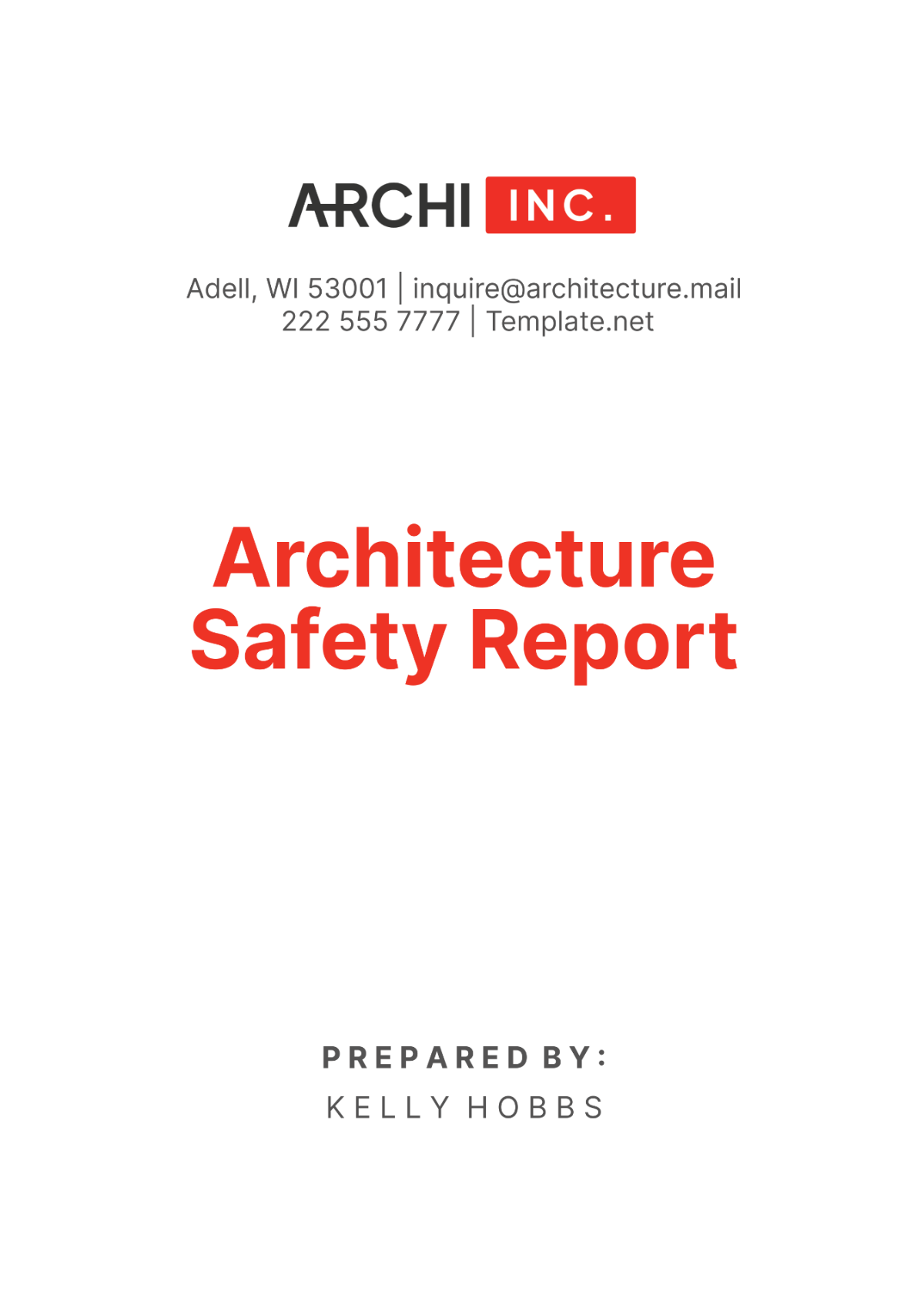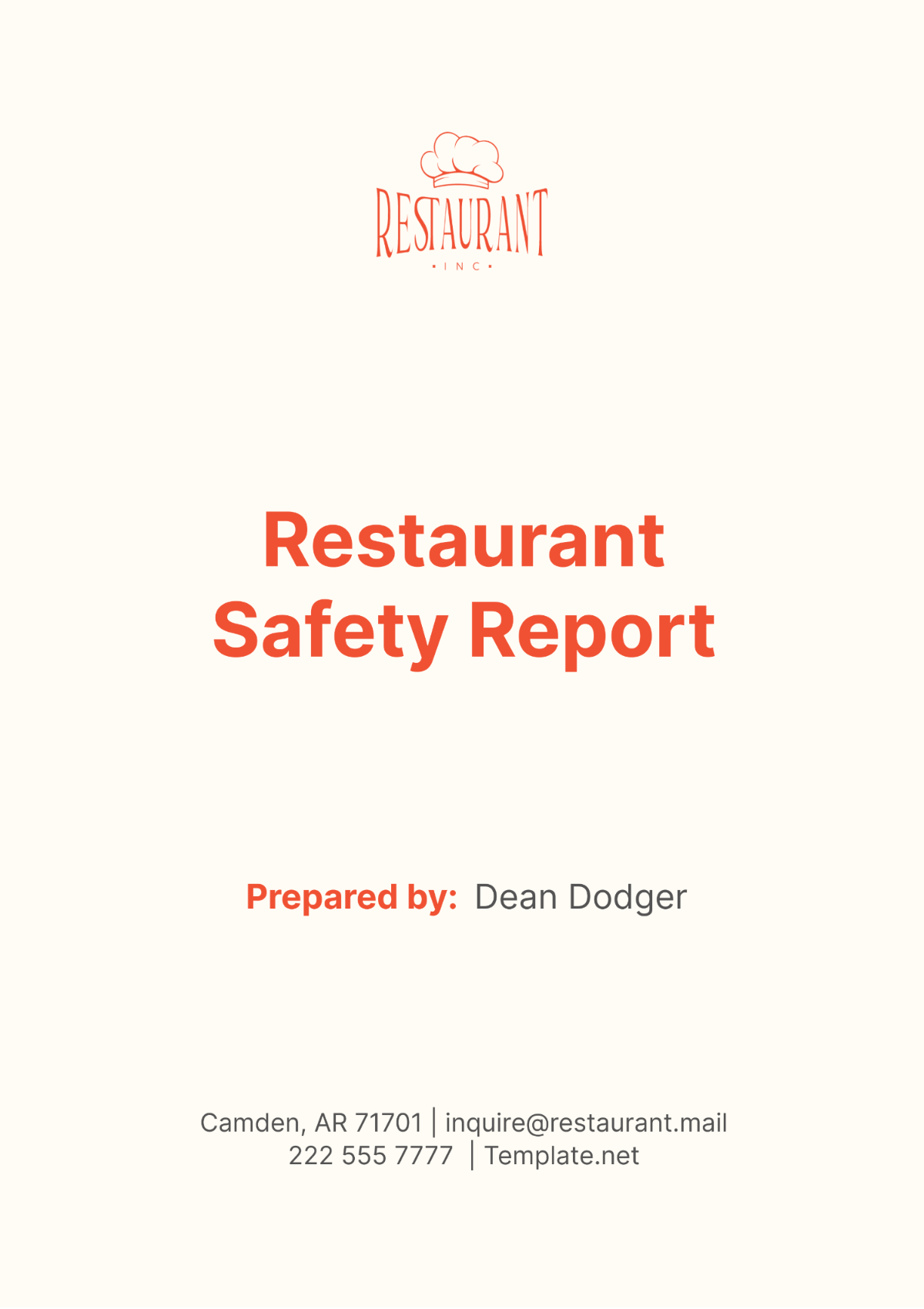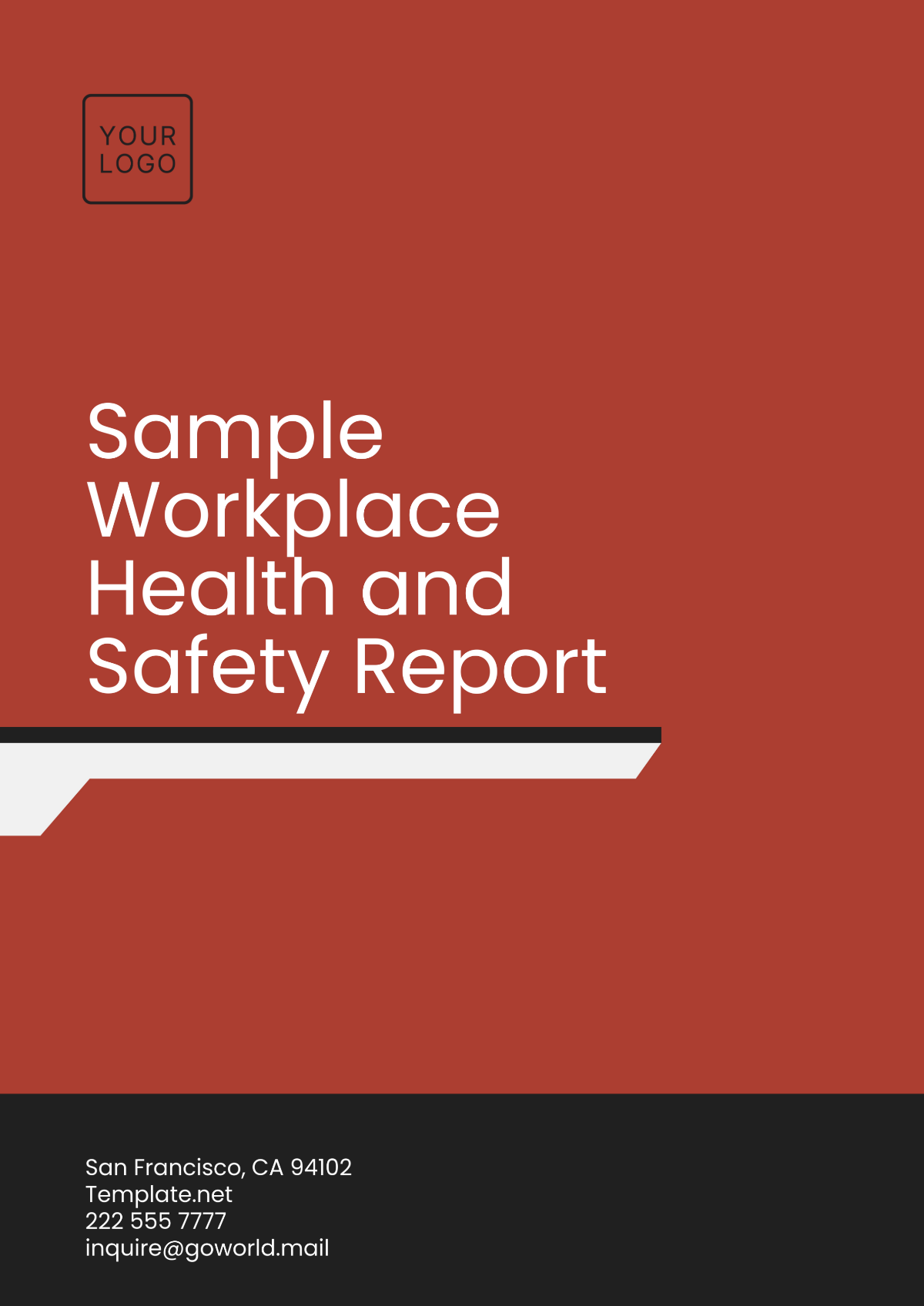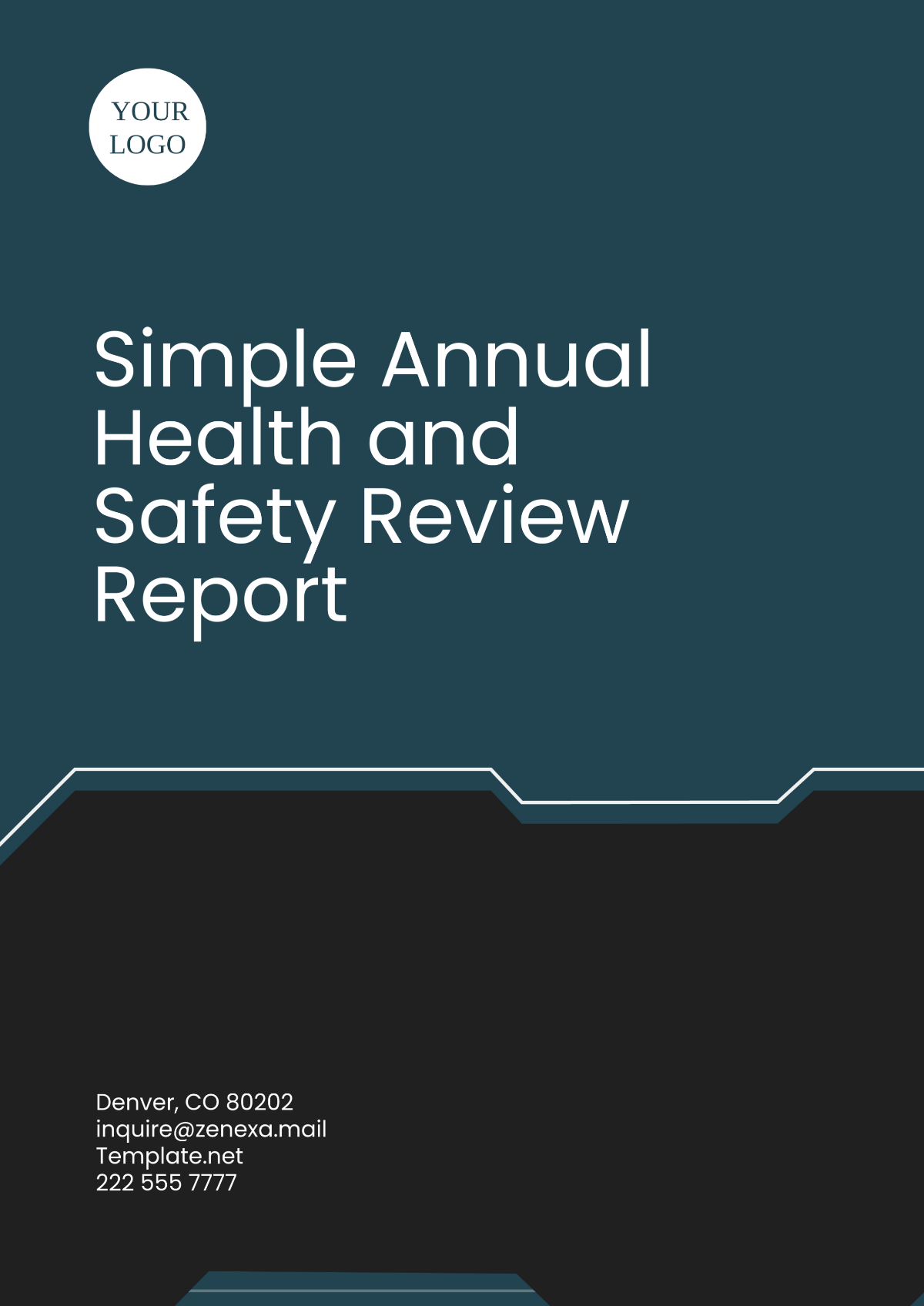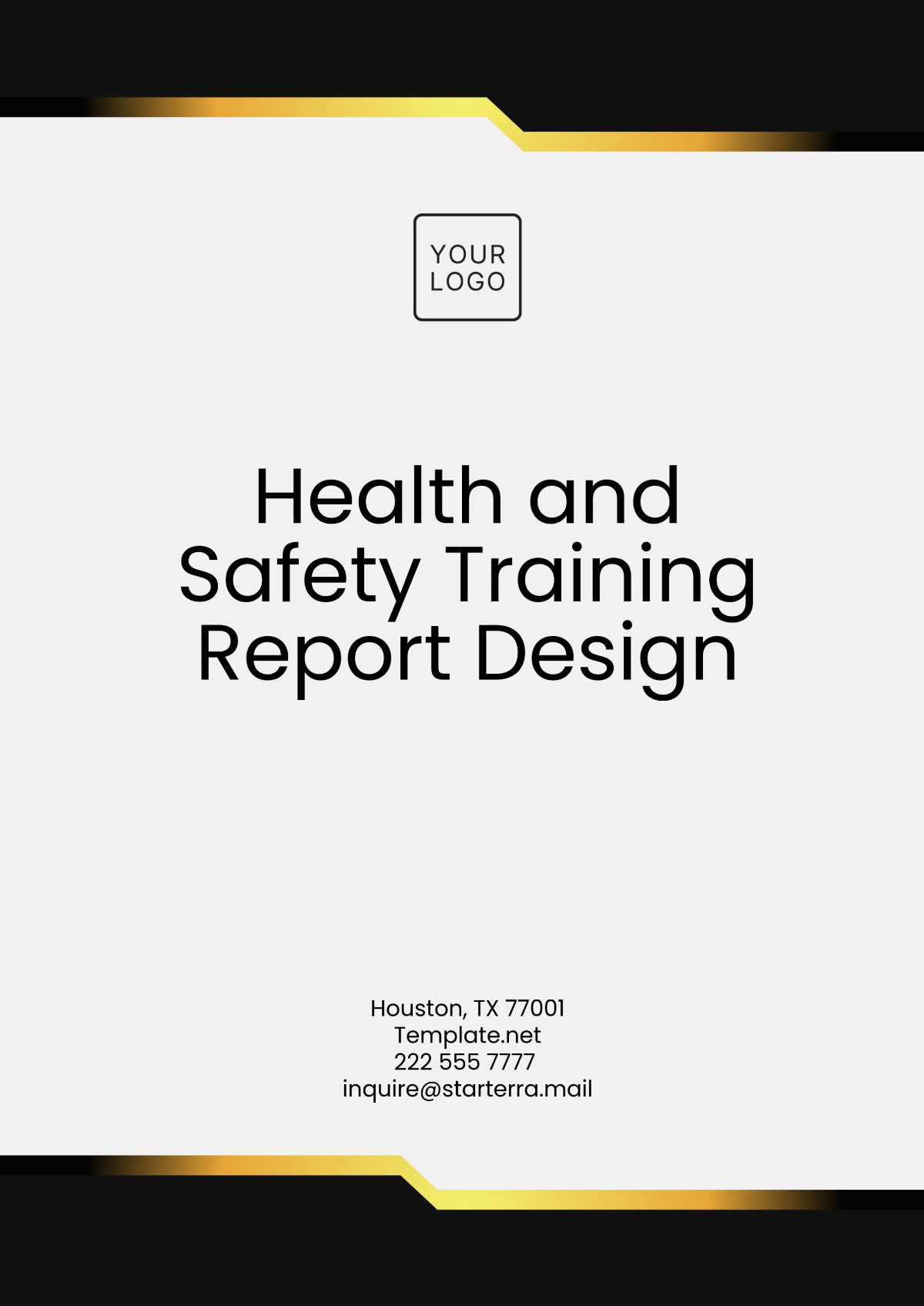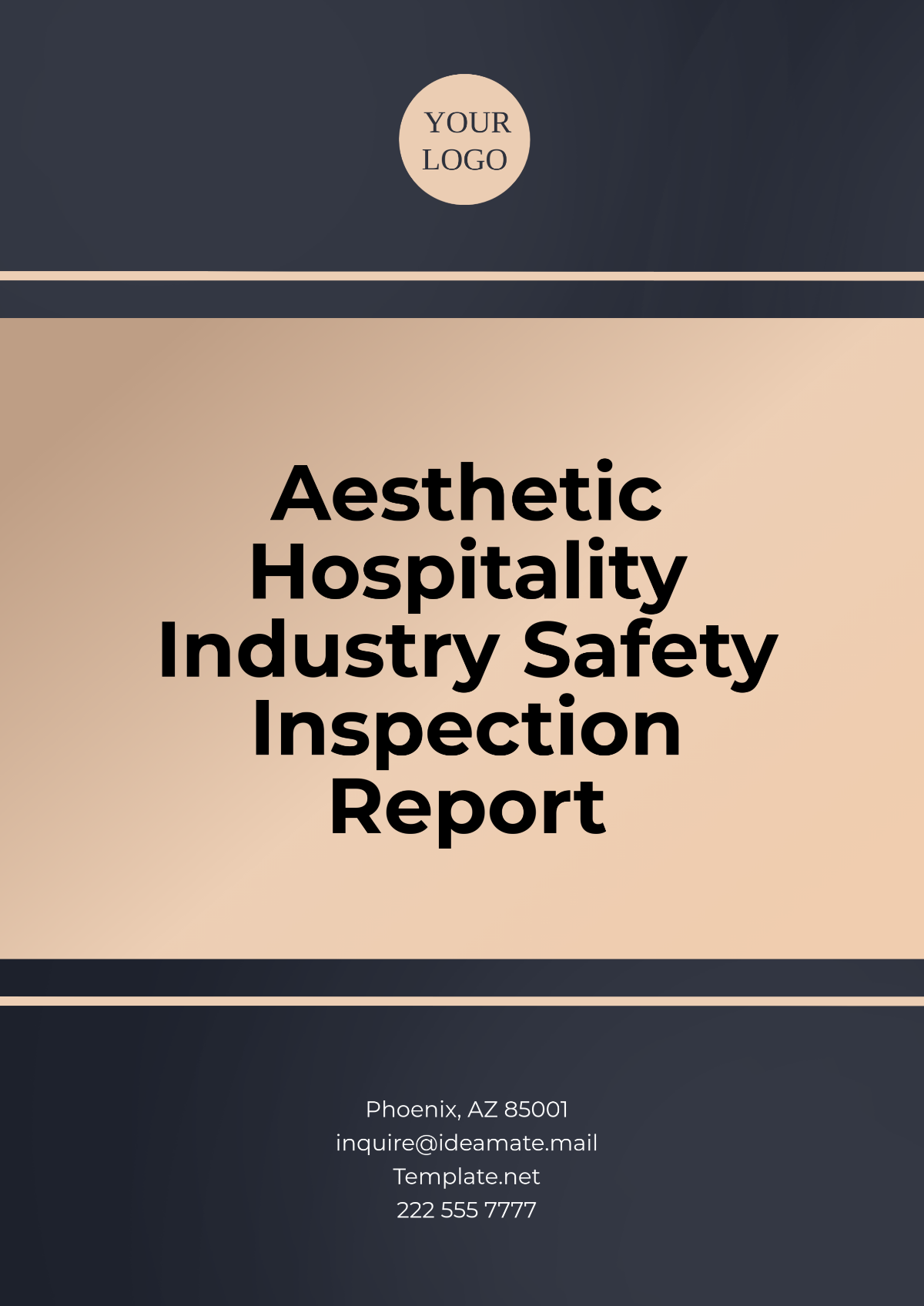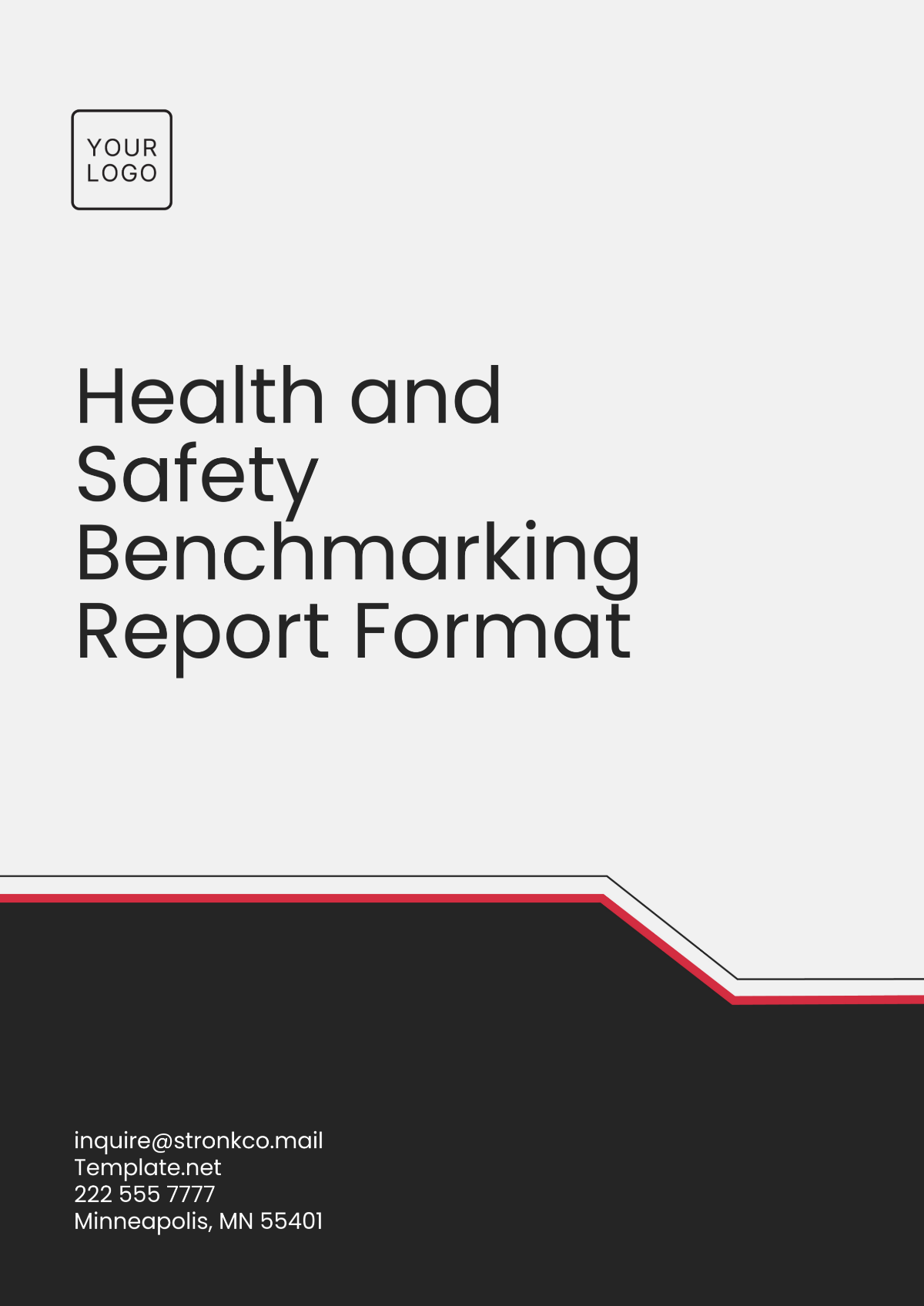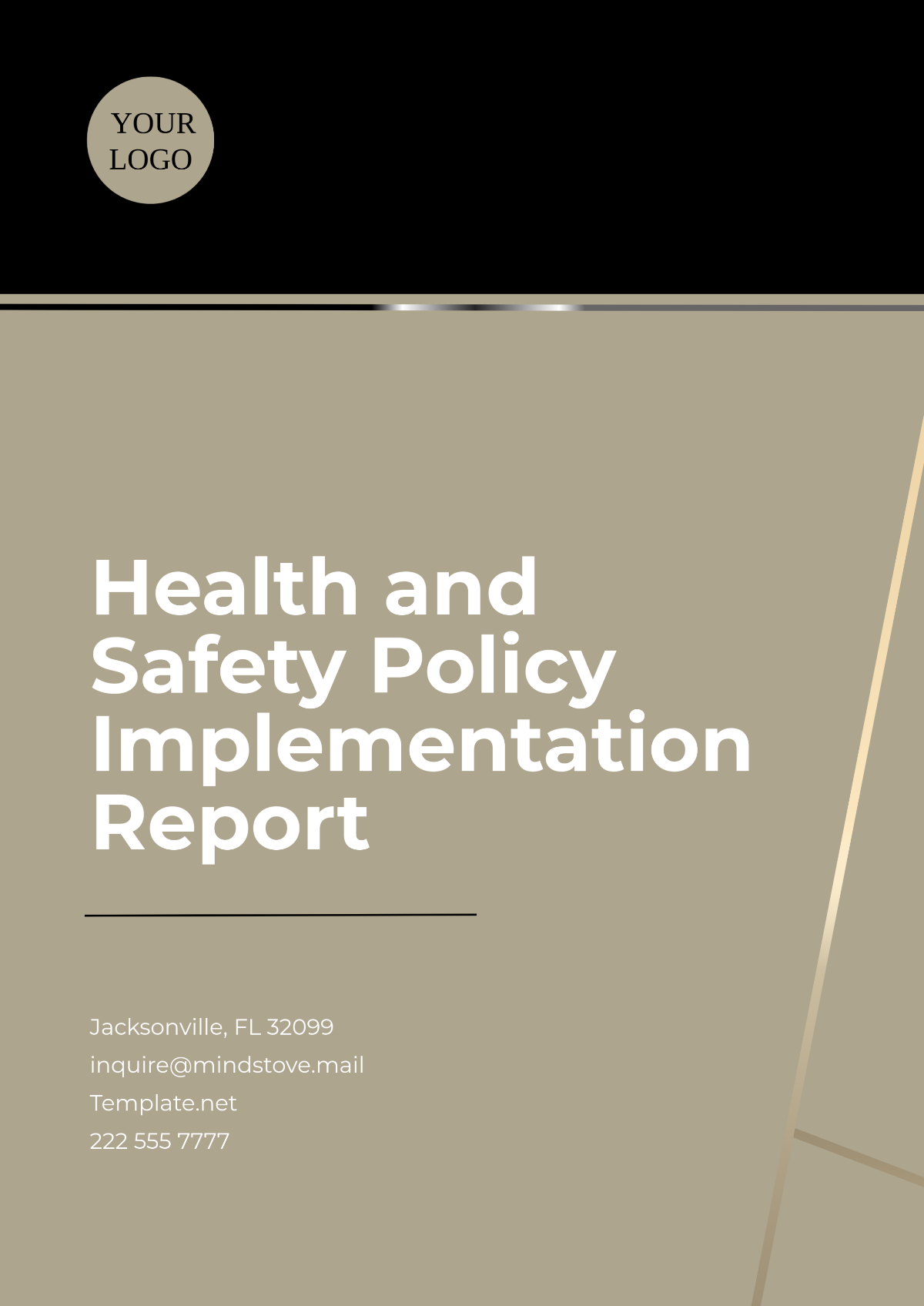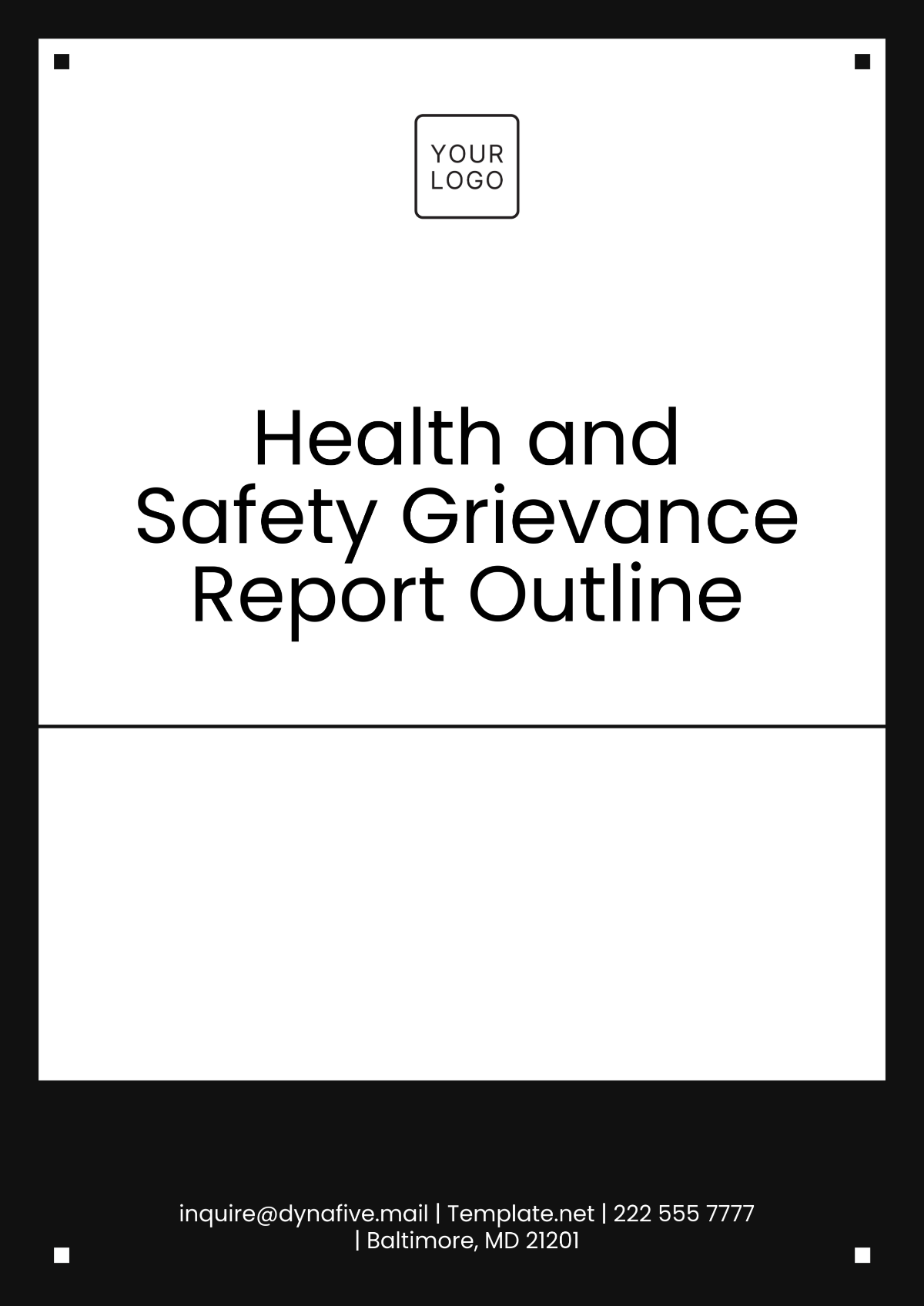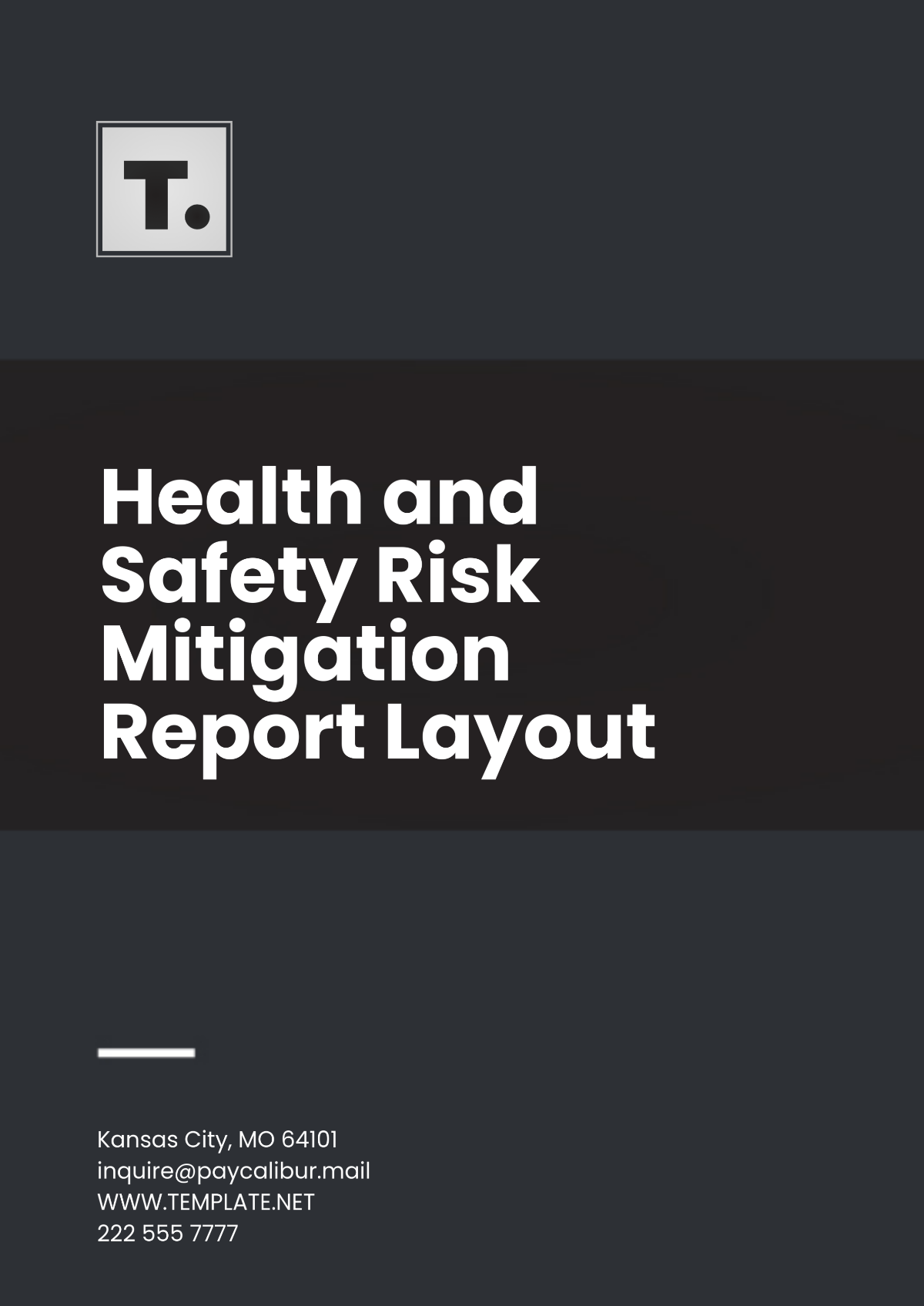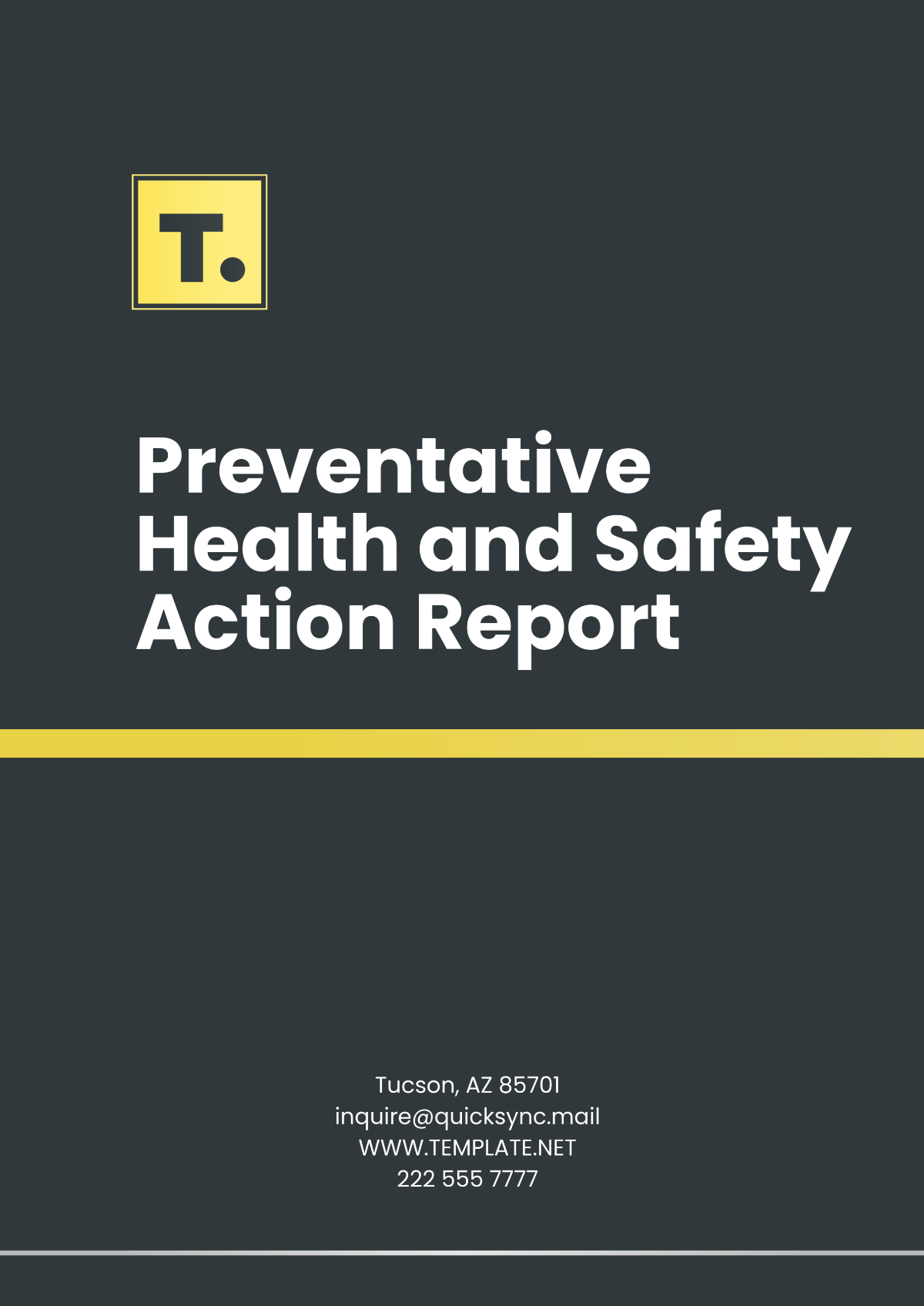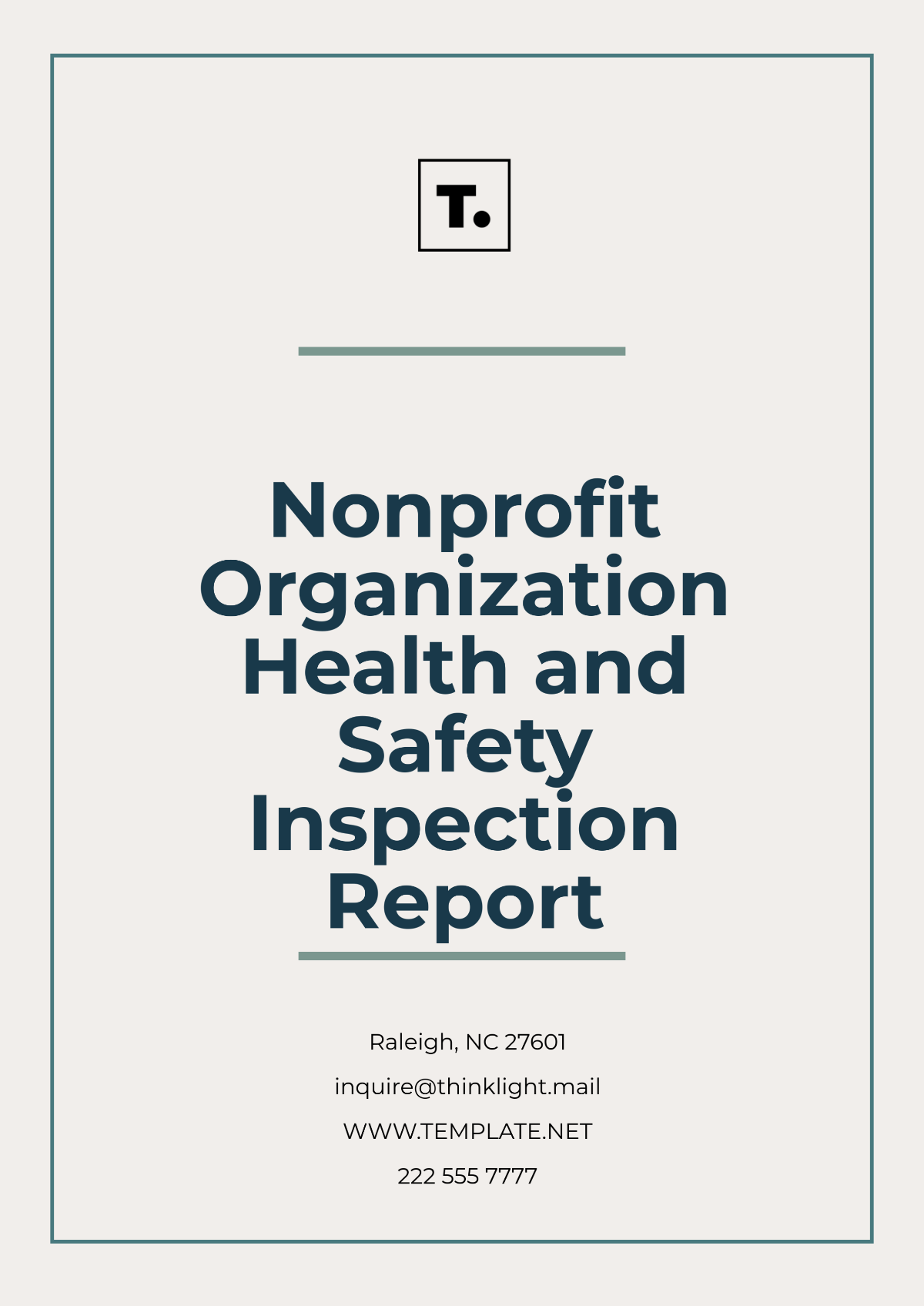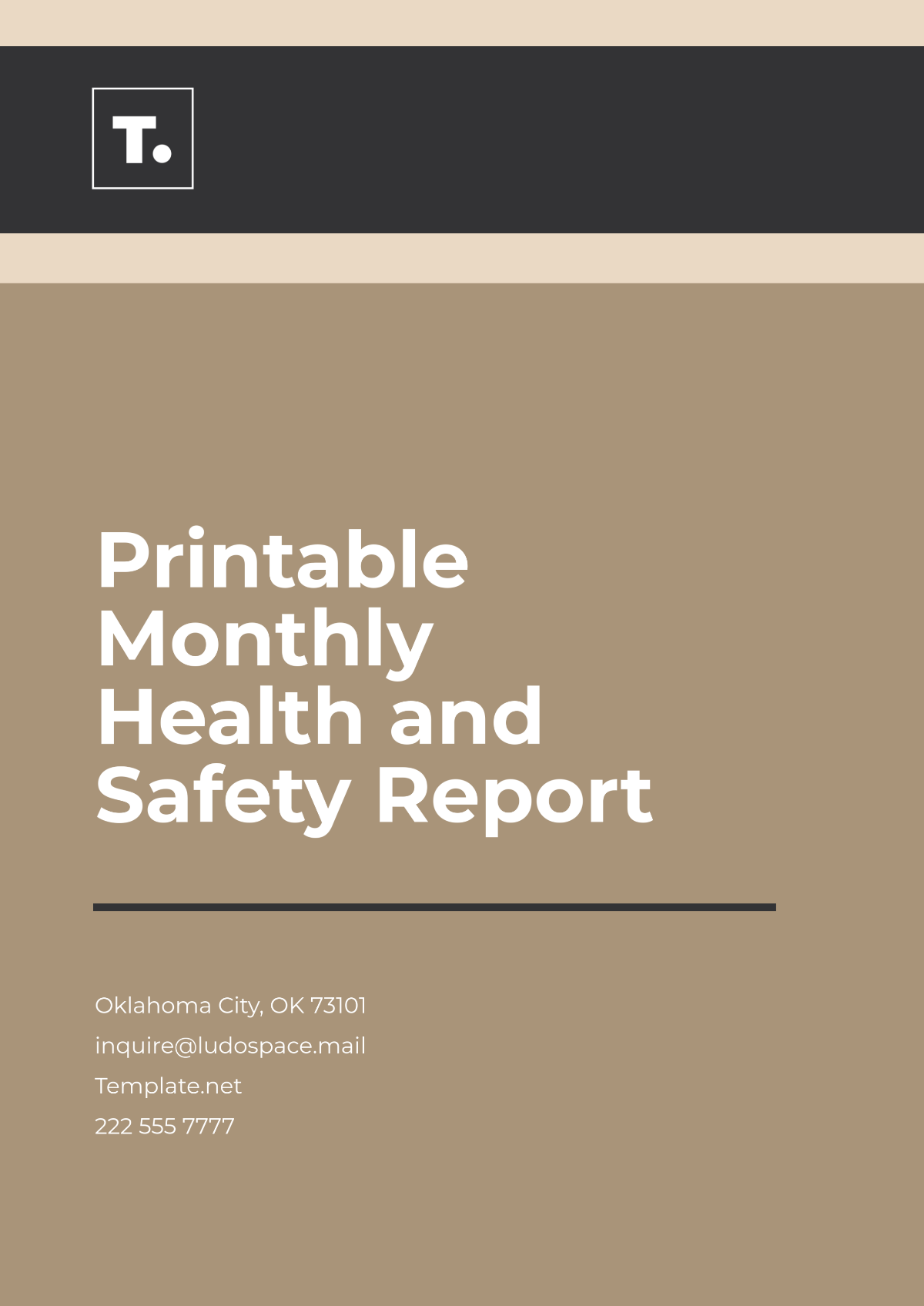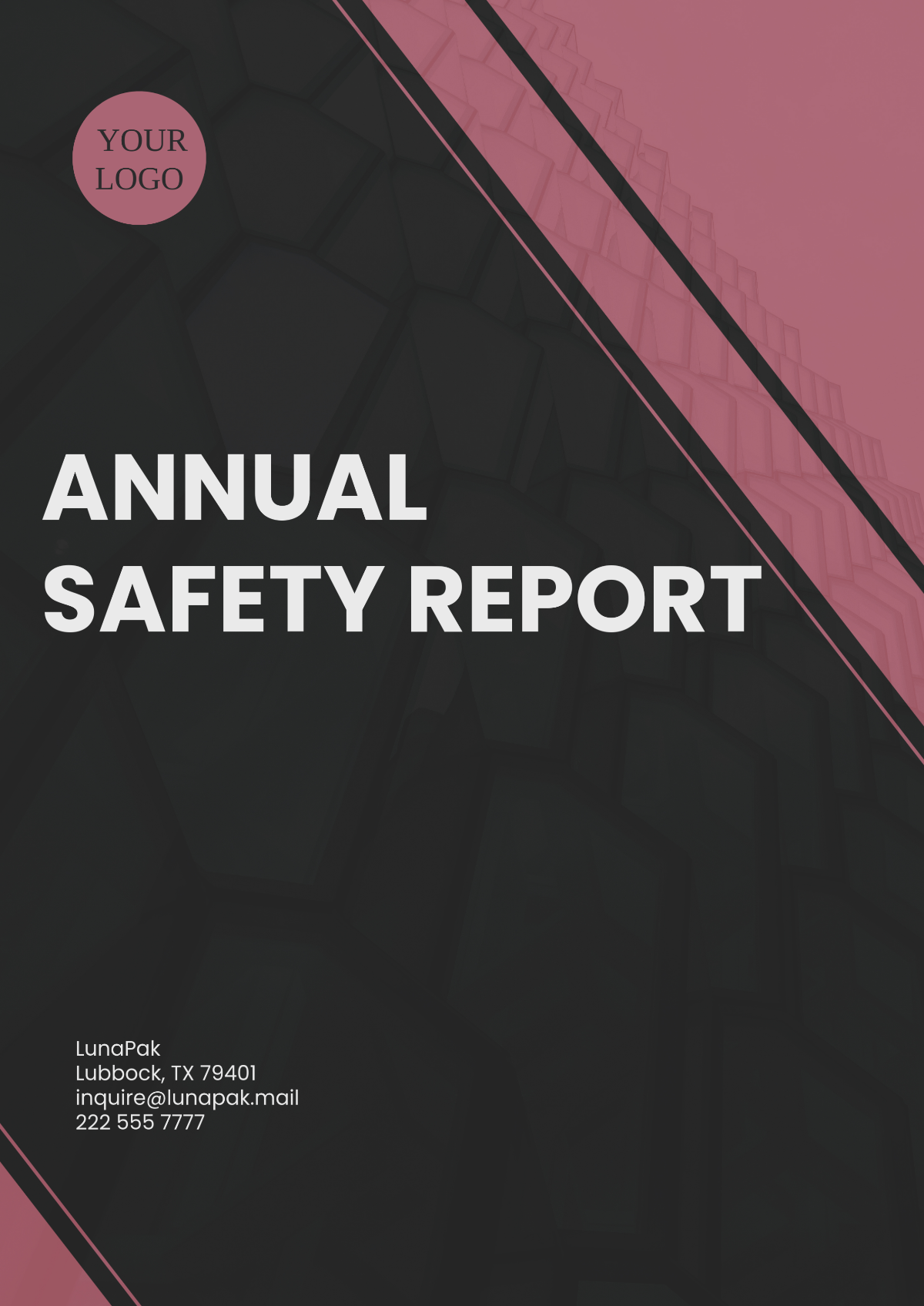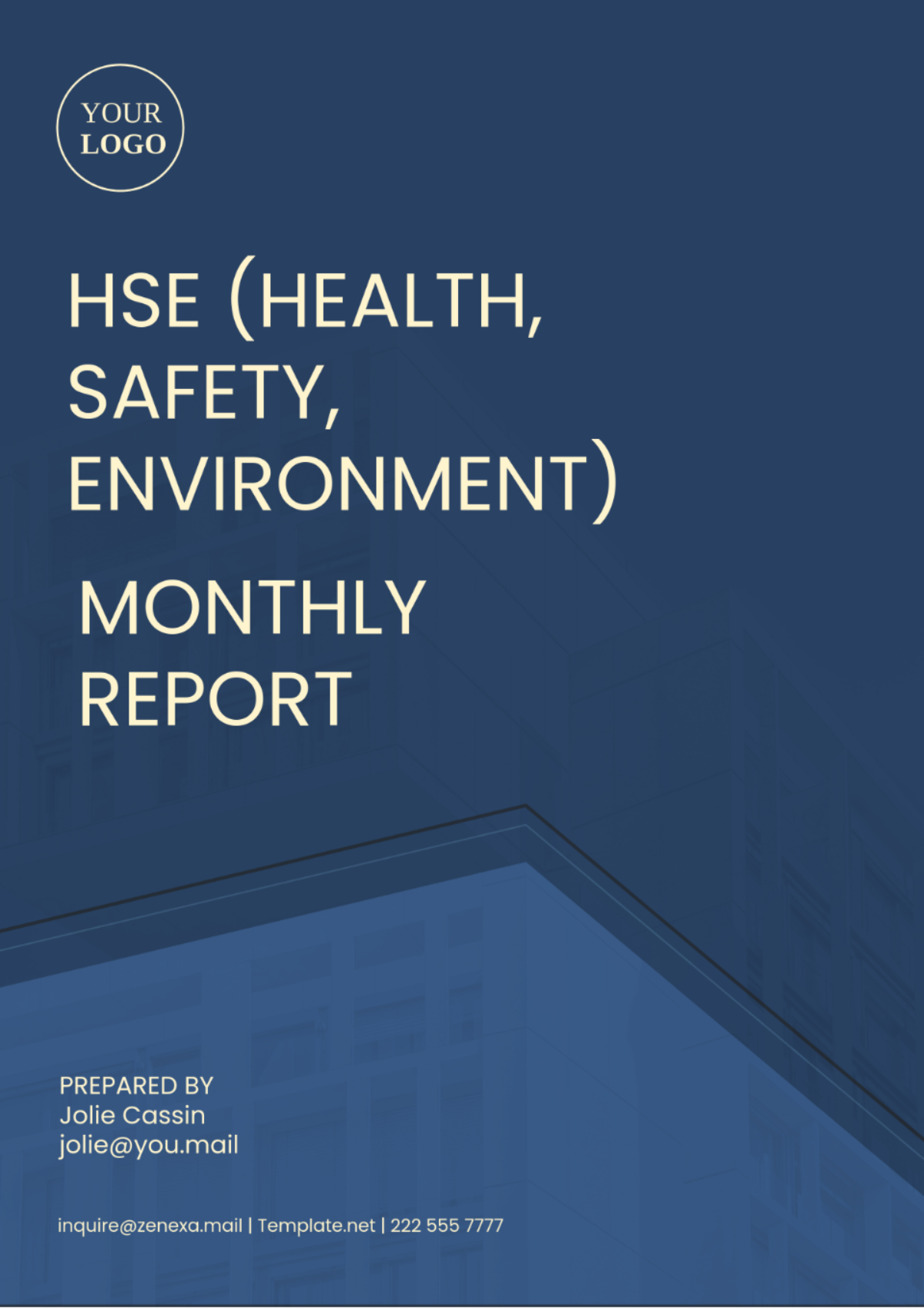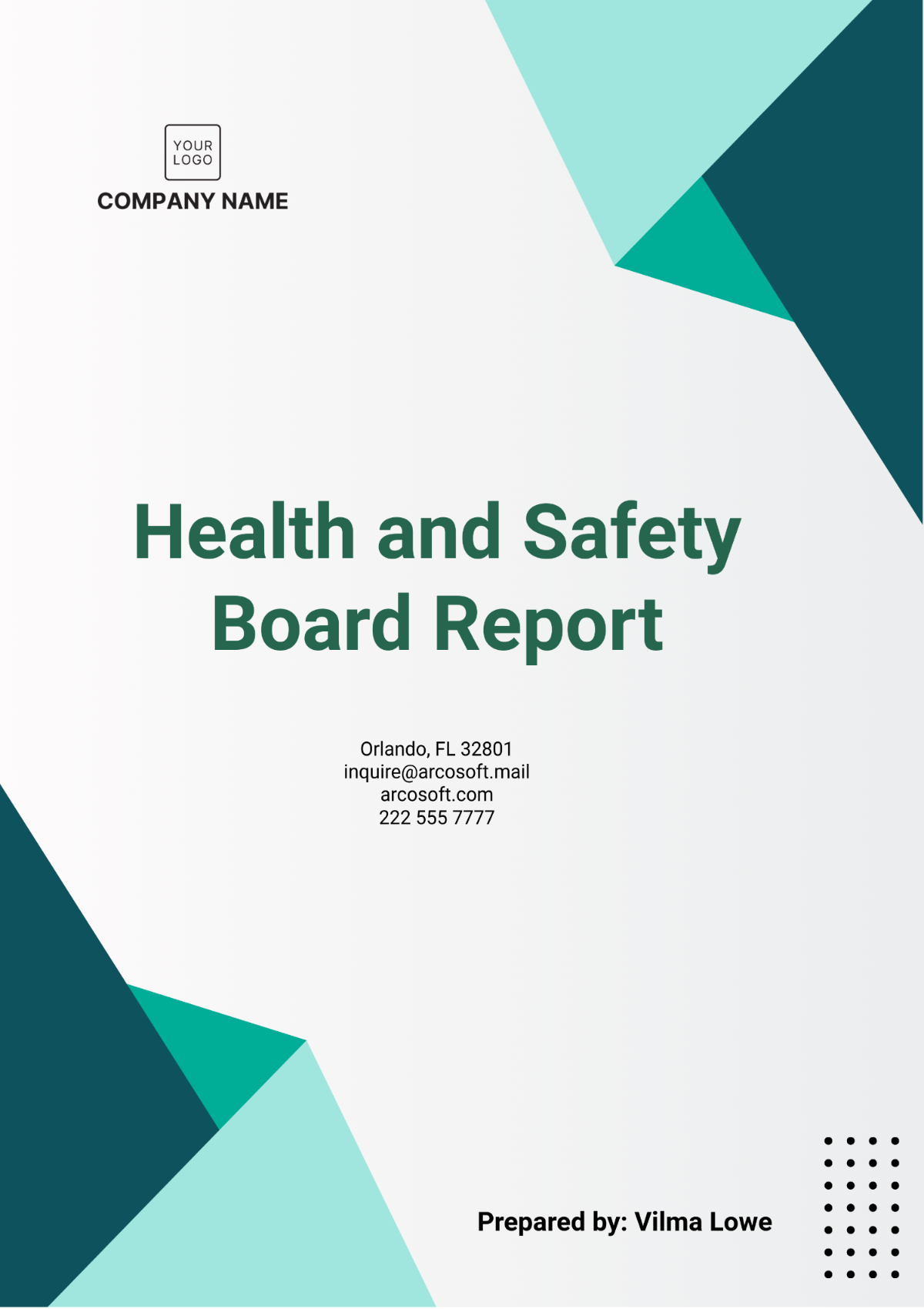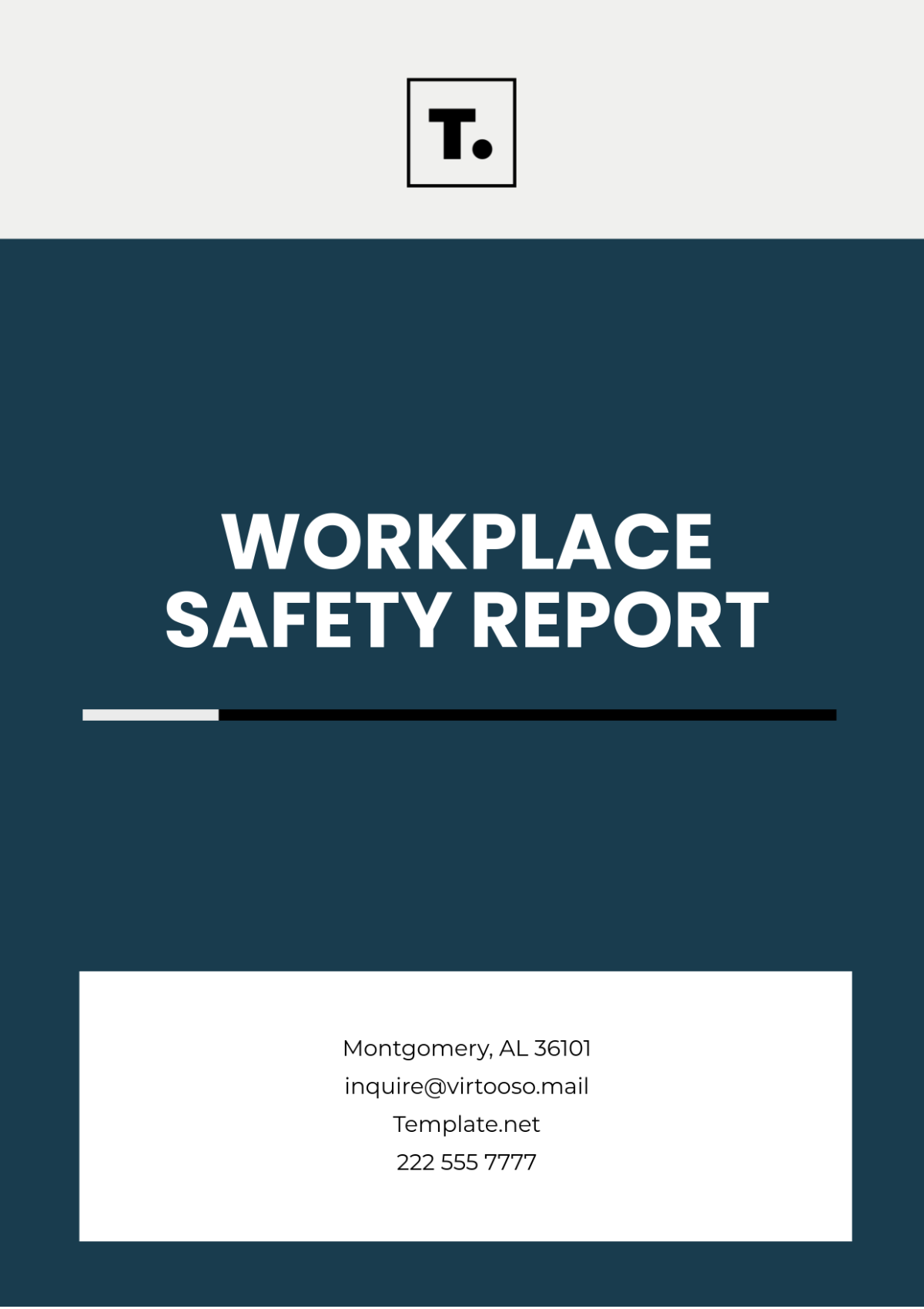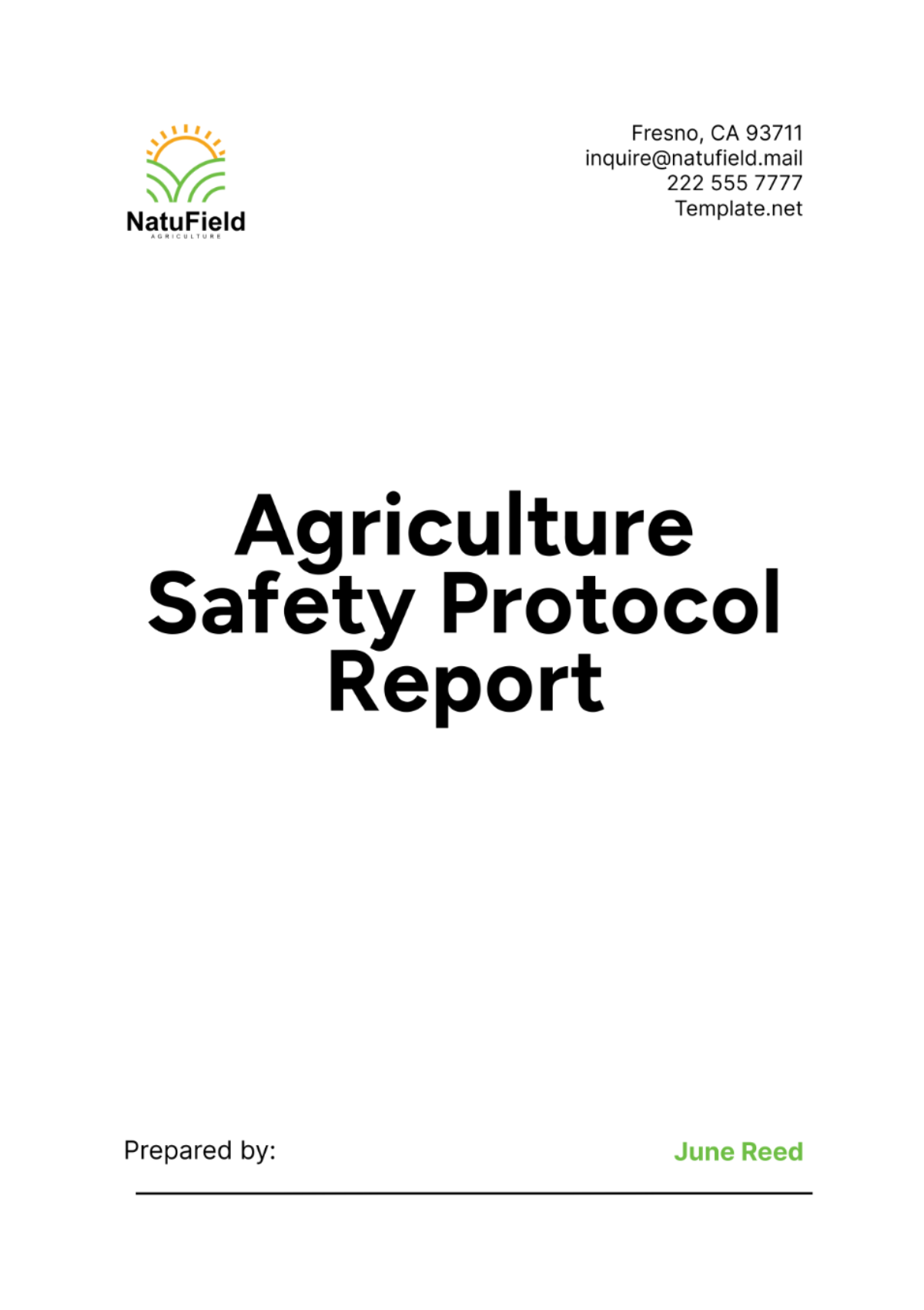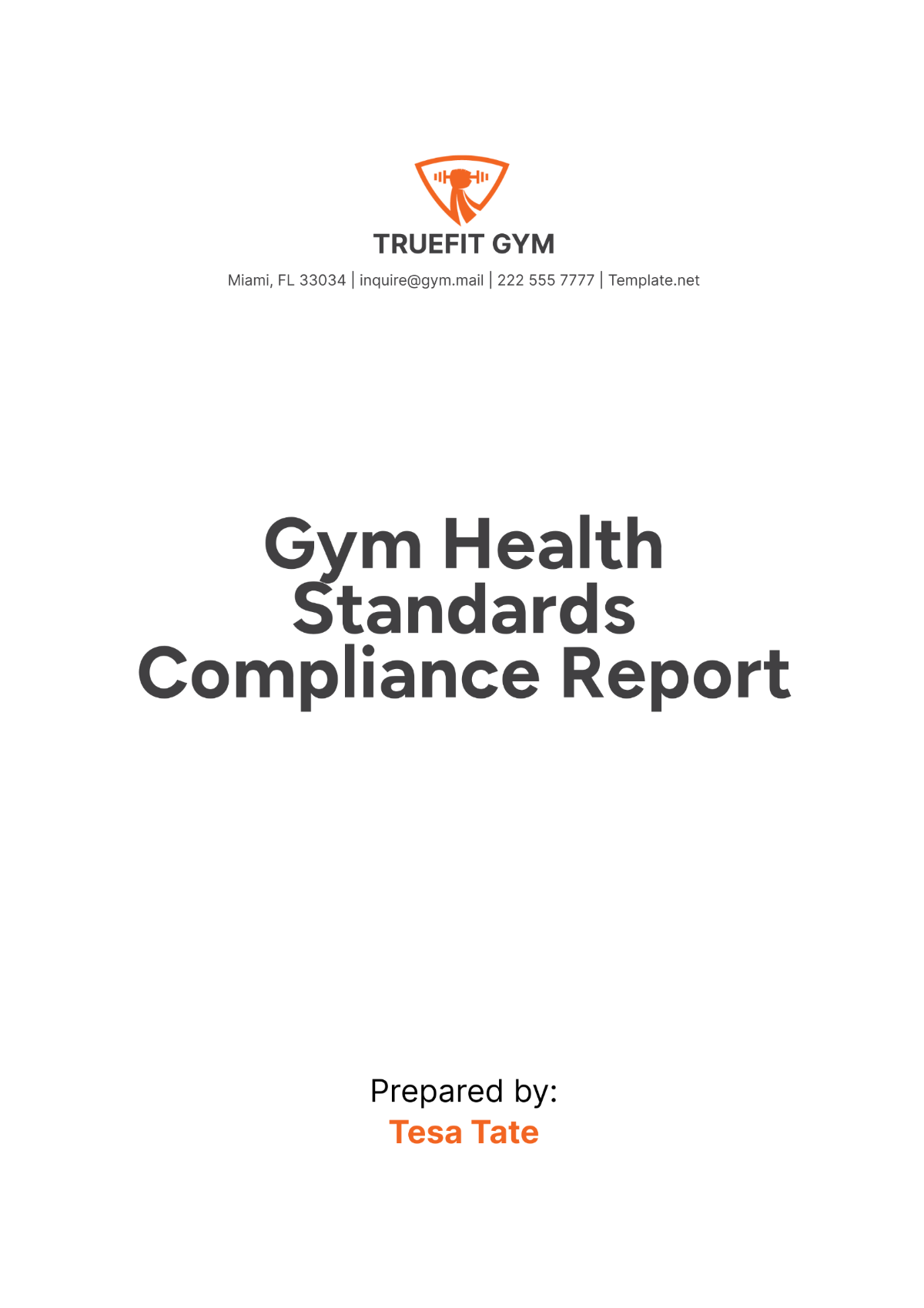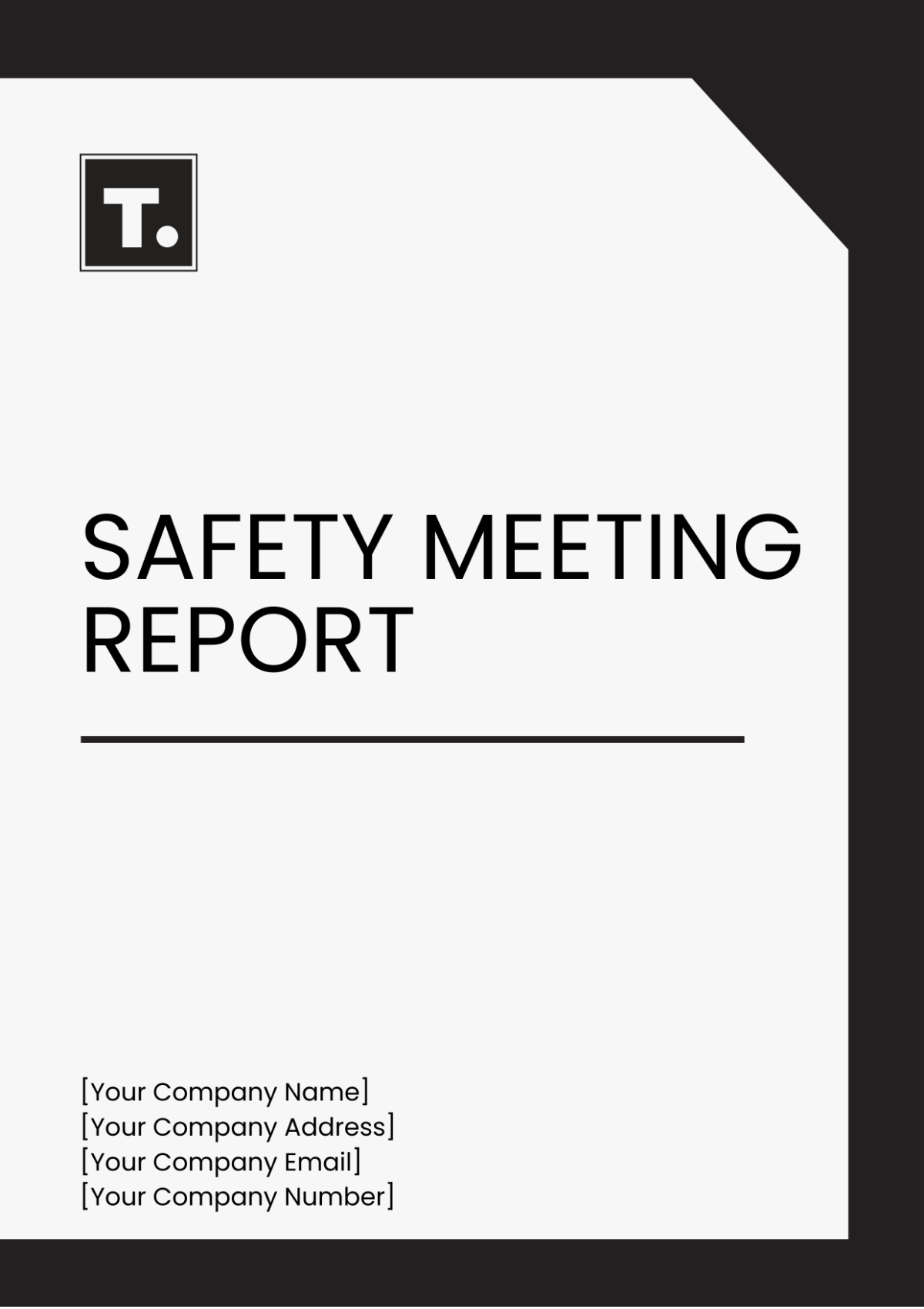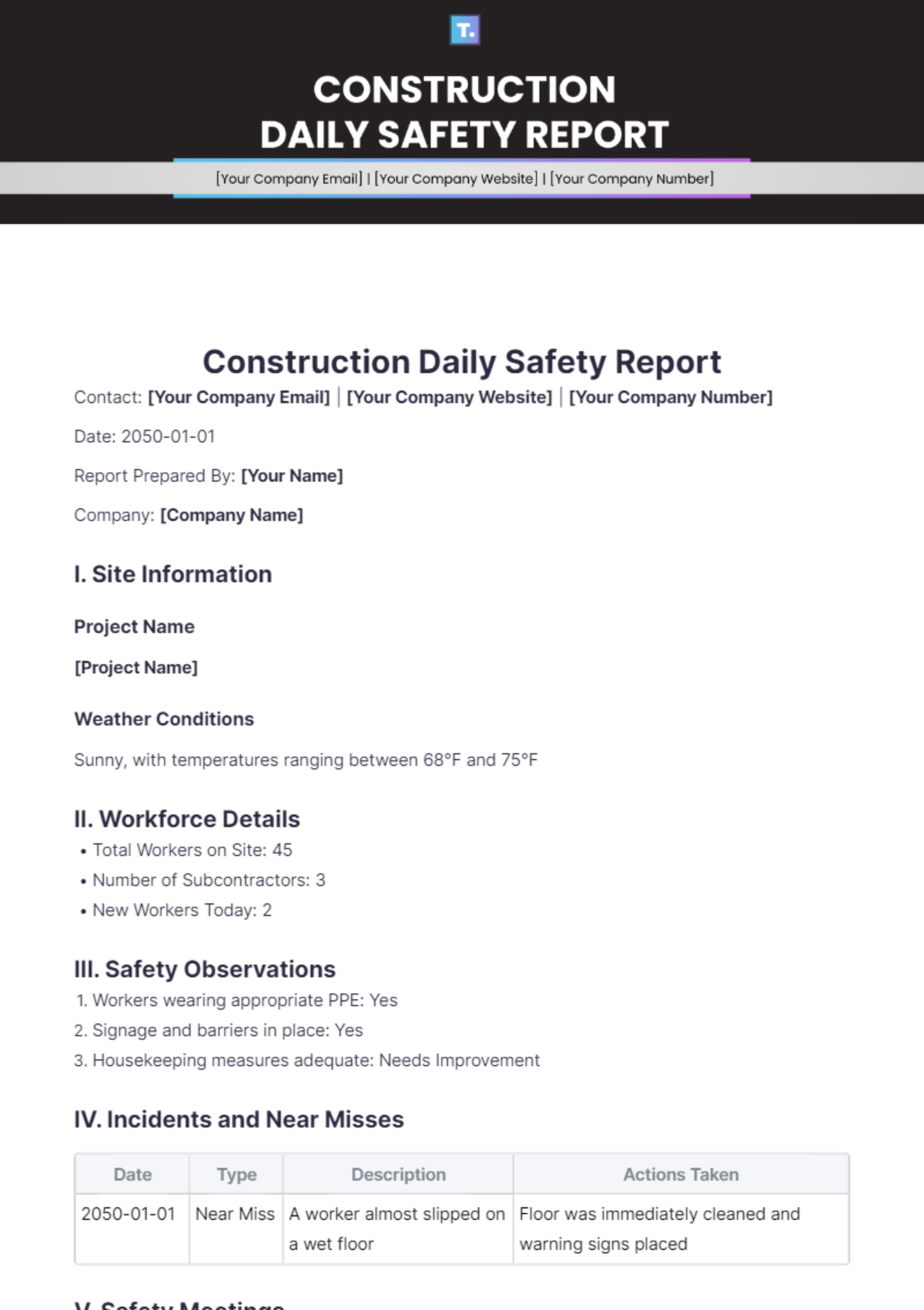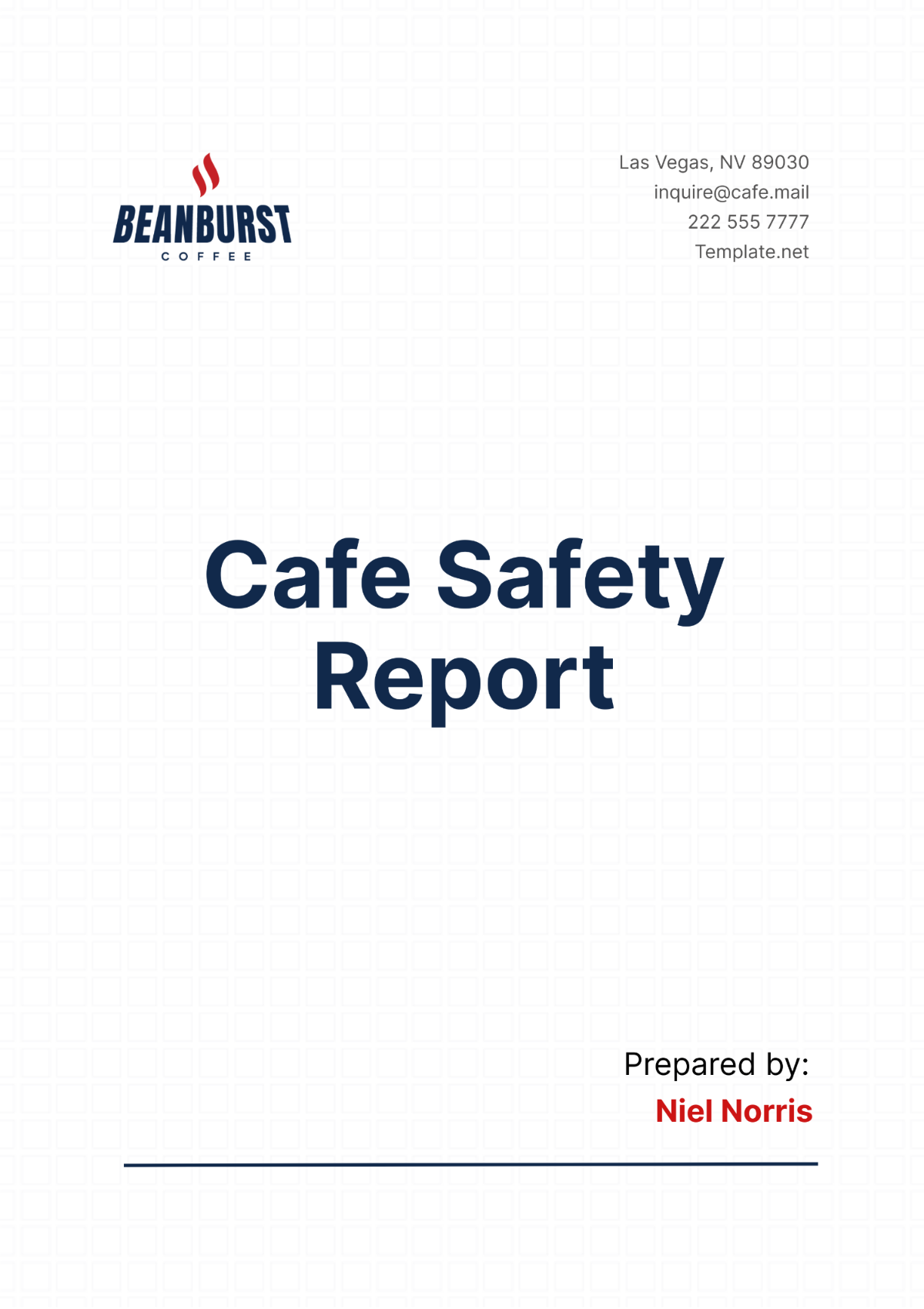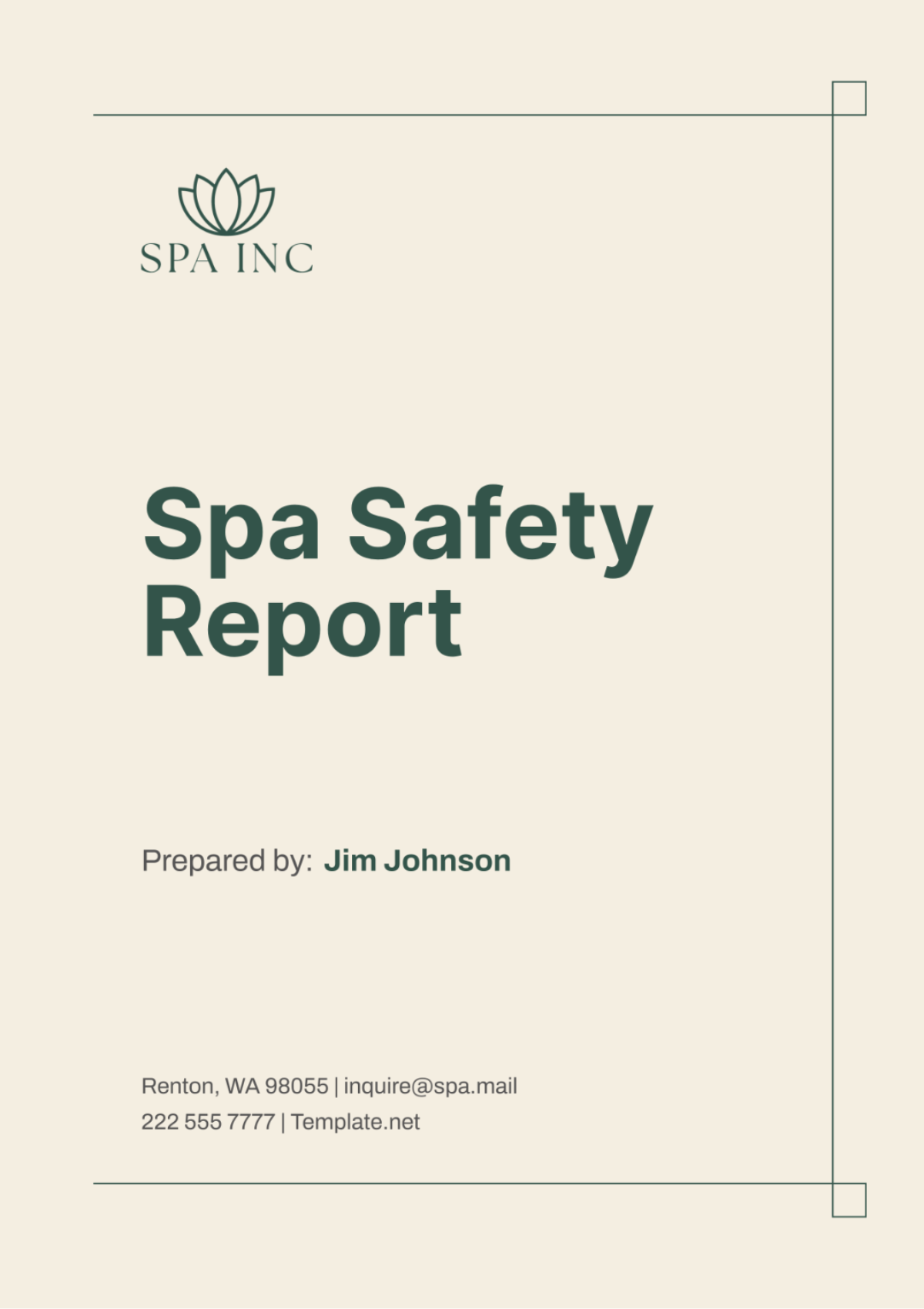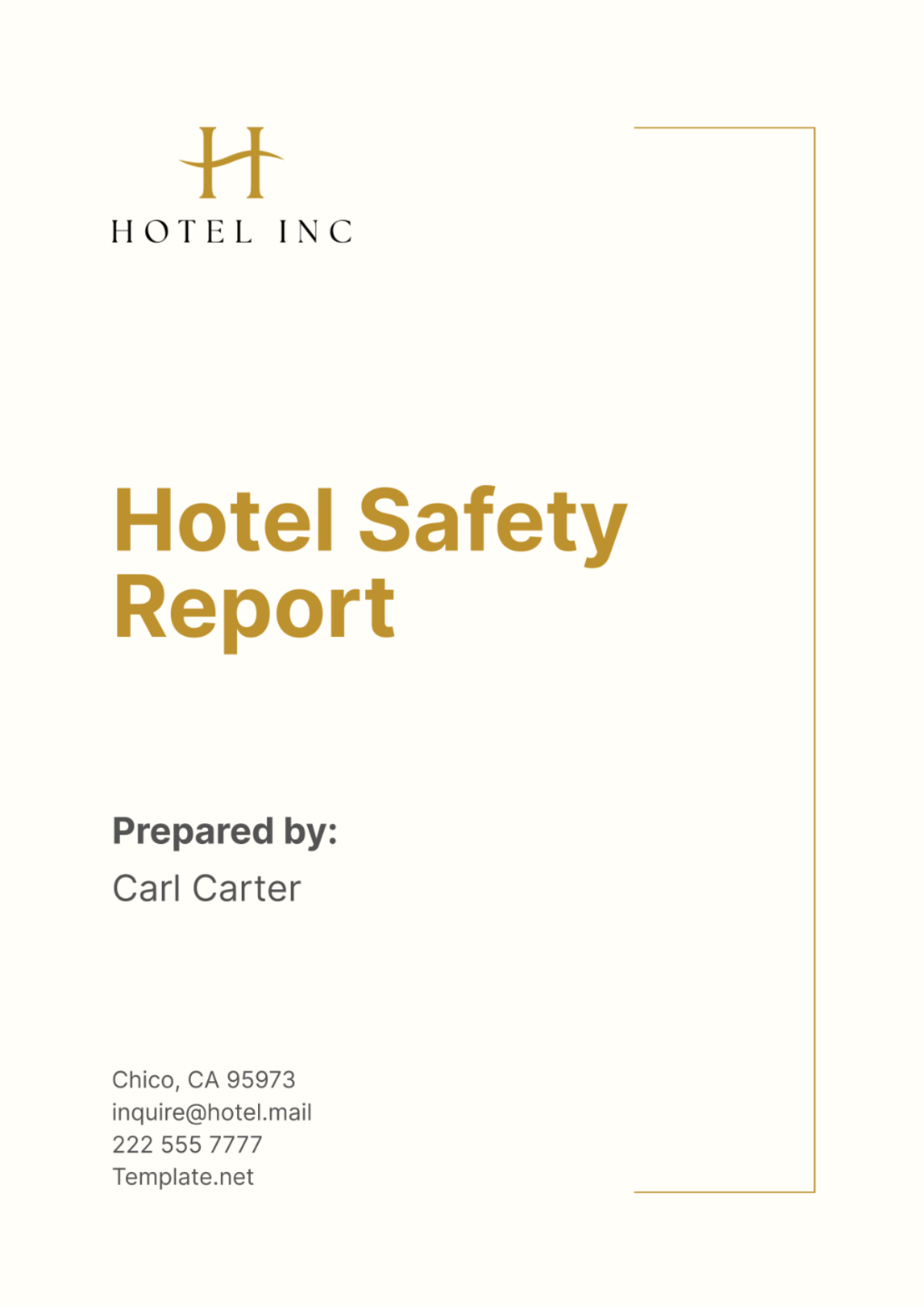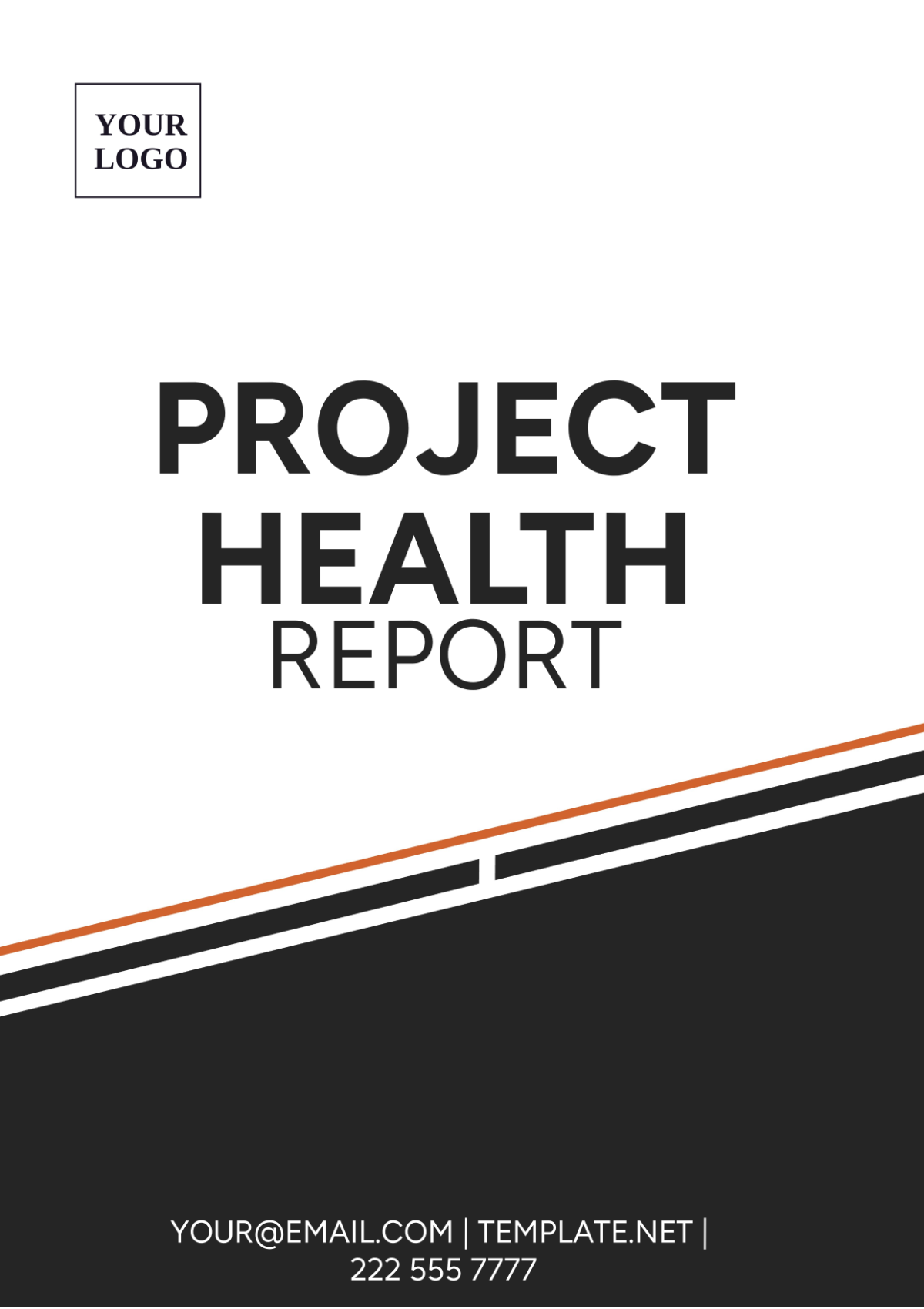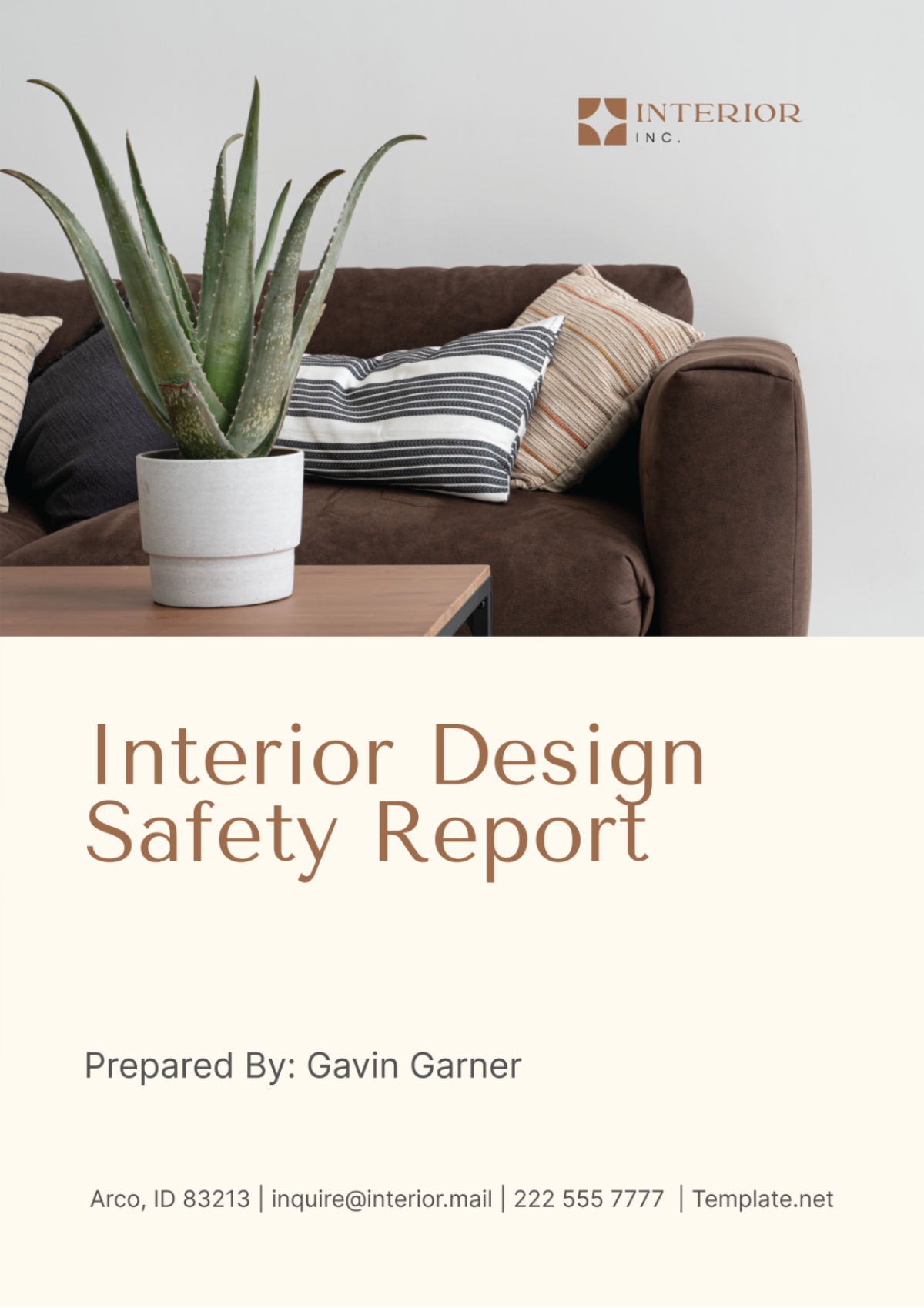Health and Safety Grievance Report Outline
Prepared by: [Your Name]
Company: [Your Company Name]
Date: January 19, 2054
1. Introduction
The purpose of this report is to outline the current health and safety grievance procedures within the organization, identify any existing issues, and propose improvements to enhance workplace safety and address employee concerns effectively. This report is based on the complaints raised over the past year and aims to streamline the grievance process to ensure timely resolution and improved workplace conditions.
2. Objectives
The key objectives of this report are:
To evaluate the efficiency and effectiveness of current health and safety grievance procedures.
To identify recurring issues and areas of concern raised by employees.
To propose actionable recommendations to improve workplace safety and streamline grievance resolution processes.
To foster a proactive culture of safety and accountability within the organization.
3. Legislative Compliance
Ensuring compliance with local and national health and safety regulations is a critical part of the grievance procedure. The organization must align its practices with the following standards:
Occupational Safety and Health Act (OSHA) requirements or applicable regional equivalent.
Workplace hazard reporting and risk mitigation standards.
Regular compliance audits to ensure all safety measures are up to date.
Adhering to these guidelines will not only enhance safety but also protect the organization from potential legal and reputational risks.
4. Grievance Procedures Overview
4.1 Process Description
The grievance process follows these steps:
Submission: Employees submit grievances via online forms, email, or through a health and safety representative.
Acknowledgment: The grievance is acknowledged within 48 hours.
Investigation: The grievance is investigated by the Health and Safety Committee.
Resolution: A resolution or corrective action is proposed and implemented.
Feedback: The outcome is communicated back to the employee who raised the grievance.
4.2 Roles and Responsibilities
Clear roles and responsibilities ensure accountability at every stage of the process:
Role | Responsibility |
|---|---|
Employee | Report any health and safety concerns promptly. |
Health and Safety Representative | Facilitate communication and assist in grievance submission. |
Health and Safety Committee | Conduct investigations and propose resolutions. |
Management | Ensure implementation of corrective actions and provide feedback to employees. |
5. Analysis of Current Issues
5.1 Grievance Statistics
Type of Grievance | Number of Reports | Resolved | Pending |
|---|---|---|---|
Slip and Fall Hazards | 25 | 20 | 5 |
Ergonomic Issues | 18 | 15 | 3 |
Exposure to Hazardous Materials | 10 | 7 | 3 |
Inadequate Emergency Exits | 12 | 10 | 2 |
5.2 Common Concerns and Patterns
Analysis of grievances highlights the following common issues:
Frequent slip and fall hazards due to wet floors in high-traffic areas.
Persistent ergonomic complaints, indicating the need for better equipment or training.
Concerns about exposure to hazardous materials in specific departments.
Reports of inadequate emergency exits suggest a need for infrastructure improvements.
6. Recommendations for Improvement
6.1 Enhancing Grievance Procedures
Digital Tracking System: Implement a centralized system to track grievances, ensuring timely follow-up and resolution.
Training: Conduct regular training sessions for employees and representatives on how to file grievances effectively.
Transparency: Provide employees with regular updates on the status of their grievances to build trust and accountability.
6.2 Addressing Common Issues
Slip and Fall Hazards: Install non-slip flooring and schedule regular maintenance in high-traffic areas.
Ergonomic Issues: Conduct ergonomic assessments and provide training or equipment to prevent related issues.
Hazardous Materials: Enhance protective measures and protocols to minimize exposure to hazardous materials.
Emergency Exits: Upgrade emergency exit routes and conduct regular evacuation drills.
7. Implementation Plan
The following phased approach will ensure the effective execution of the recommendations:
Immediate (0–3 months):
Install non-slip flooring in high-risk areas.
Conduct ergonomic assessments and address critical issues.
Short-Term (3–6 months):
Launch a digital tracking system for grievances.
Begin regular employee training sessions.
Long-Term (6–12 months):
Upgrade emergency exit routes and integrate new safety protocols.
Conduct a comprehensive review of grievance handling effectiveness.
8. Evaluation Measures
To gauge the success of the implemented measures, the organization will:
Track the number of grievances reported and resolved within specified timeframes.
Conduct employee satisfaction surveys regarding health and safety measures.
Monitor compliance with legislative safety standards through audits.
Analyze trends in recurring grievances to identify and address systemic issues.
9. Conclusion
This report outlines the current state of health and safety grievances and presents actionable recommendations to address identified issues. By implementing these improvements and fostering a culture of proactive safety, the organization can enhance workplace conditions, ensuring a safer environment for all employees. Regular review and adaptation of these strategies will ensure long-term effectiveness and continuous improvement.
